Previous expos
Belgium has a long-standing tradition of participating in international exhibitions, both world exhibitions and international horticultural and specialised exhibitions. Belgium has also been allowed to host a world exhibition several times in its history. Read all about it here.
Belgium at the expos
Travel through time
Participation in international exhibitions such as Expo 2025 Osaka helps Belgium build its reputation, as well as the reputation of its various regions and districts. A Belgian pavilion or a Belgian garden is an extension of Belgium abroad and aims to generate interest in Belgium, thus attracting visitors and investors to Belgium.
BelExpo's most recent success stories can include Expo 2020 Dubai and Floriade 2022 Almere. Belgium has also been allowed to host a world exhibition several times in its history. Expo 1958 is the best-known example. As part of those exhibitions, BelExpo built Belgian pavilions and gardens and represented the federal and regional governments and agencies on an international front.
Belgium at the expos
Expo 1851 London
The very first World Expo took place in London in 1851. The World Expo is known as "The Exhibition of the Works of Industry of All Nations". The Expo took place while the Industrial Revolution was in full swing.
There were 25 participating countries present at Expo 1851. Prince Albert and Sir Henry Cole have been called the masterminds behind the entire organisation. Prince Albert, prince consort, was married to Queen Victoria.
The first World Expo could be visited at Crystal Palace, located in Hyde Park. Belgium was also present there and was given its own section for the expo.
There were several statues in the Belgian section. One of those statues was of Godfrey de Bouillon made by Eugène Simonis. That statue can be found today at Place Royale in Brussels. The statue 'Le Lion Amoreux' by G. Geefs could also be found in the Belgian section.
Belgium exhibited its expertise in textiles at Expo 1851. For instance, several royal factories producing carpets, cloths and fabrics were represented at the expo. The textile industry in Belgium was booming at that time. Belgium was known not only for its beautiful designs, but also for the innovative techniques and materials used in the country.
It was also possible to learn about the manufacture of lace in the Belgian section at Crystal Palace. Belgium has a centuries-old reputation when it comes to producing that kind of fabric.

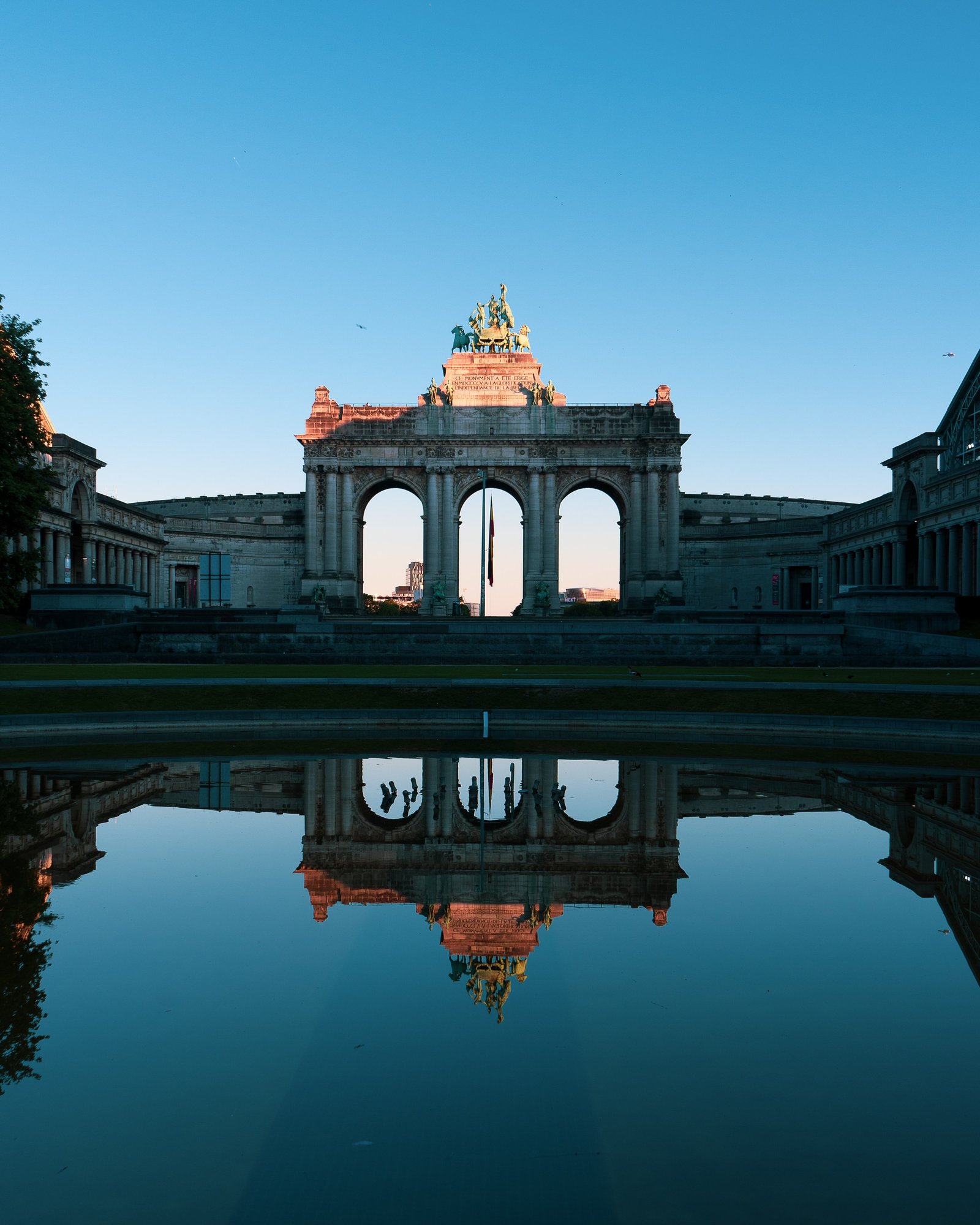
Belgium at the expos
Expo 1897 Brussels
Expo 1897 Brussels took place from 10 May to 8 November under the theme 'Modern Life'. The Cinquantenaire Park proved to be the ideal location for such a world exhibition. In 1875, the military training ground located on that site was replaced by an impressive park.
In 1897, the Cinquantenaire Park housed 26 countries and nations, as well as the Belgian provinces and several themed galleries. Those galleries showed the latest innovations of the moment, such as boilers, ventilation systems and more. Other galleries were then dedicated to social economy and hygiene.
The major Belgian cities were also all represented with their own pavilions. The Brussels pavilion was made entirely in Gothic style and included replicas of Manneken Pis, le Cracheur and les Trois Pucelles.
Belgian modernity was really put in the spotlight. The world exhibition was therefore also a real milestone for the Art Nouveau movement. The poster for the expo was also designed entirely in Art Nouveau style.
Victor Horta built the 'Temple of Human Passions' or the Horta-Lambeaux Pavilion for the expo. The pavilion was the first built by the architect. The architect would subsequently become a true pioneer of the movement. The pavilion is the only structure built for the expo that still stands in the Cinquantenaire Park today.
The expo really highlighted the new art form. Thanks to Expo 1897 Brussels, the art form spread all over the world, with some 6 million visitors. The expo also brought about strong advances in rail and road infrastructure.
Belgium at the expos
Expo 1905 Liege
Expo 1905 Liege took place at the same time as the 75th anniversary of Belgium's independence.
The expo placed a focus on the achievements of Belgian scientists, doctors and engineers. The expo site was located in the Vennes area of Liège. New bridges and streets were built there for the expo. One example is the Fragnée bridge, which still offers a crossing over the Meuse today.
Palais des beaux-arts was also built for the expo at Parc de la Boverie. That building still serves as a museum in the city of Liège.
Quite a few houses were also built in 'Walloon style' for the expo. Notre-Dame-et-Saint-Lambert de Liège cathedral was also recreated on the expo grounds, alongside 80 pavilions. Before then, it was one of the largest world exhibitions already organised. Only in France and the United States had organisers tackled such a grand scale before.
A remarkable thing about this expo: much effort was made to attract international visitors. The expo attracted a lot of attention from France, but Expo 1905 also welcomed quite a few foreign dignitaries, who even travelled to Liège from Russia, Persia and Japan.
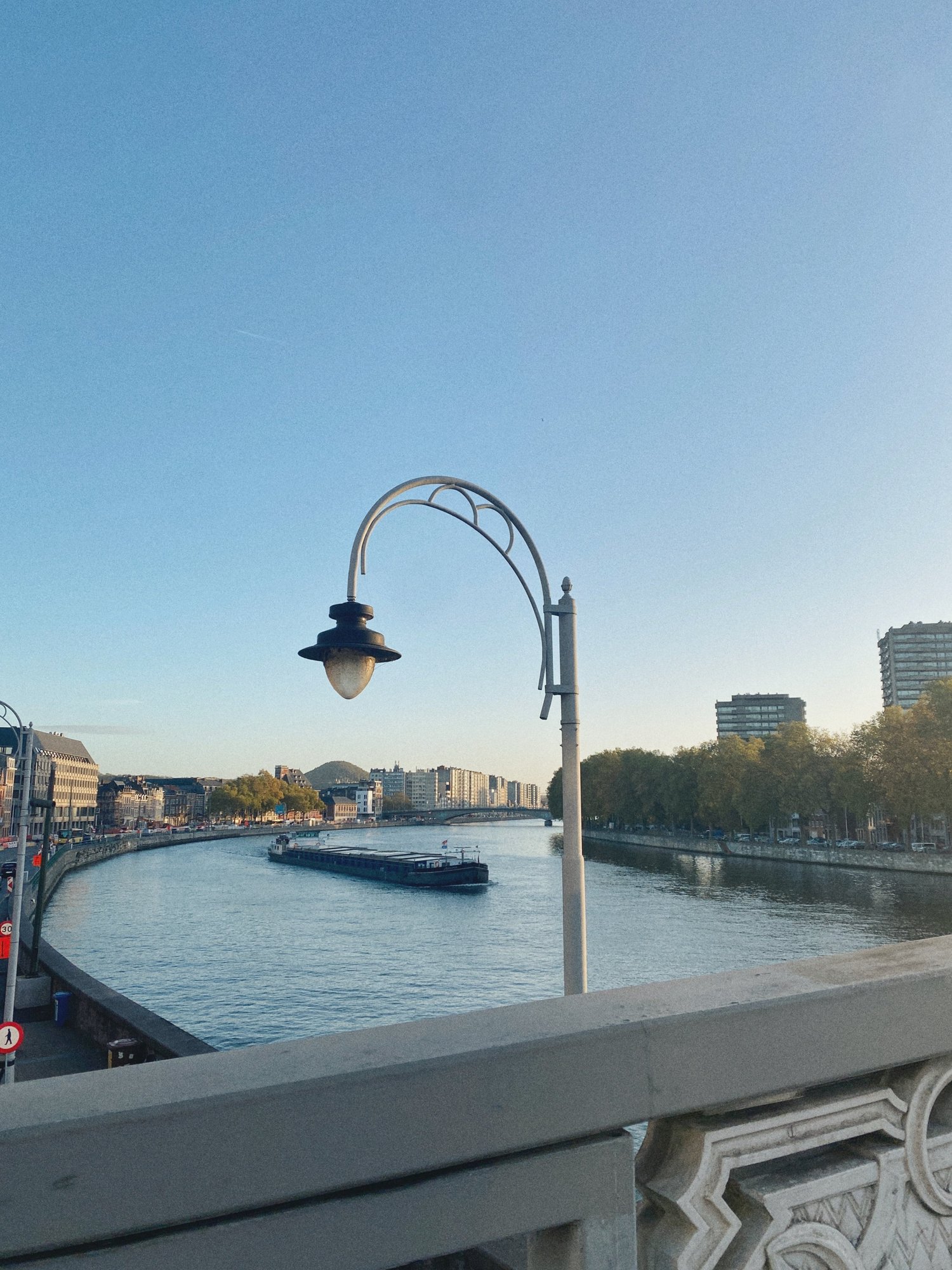
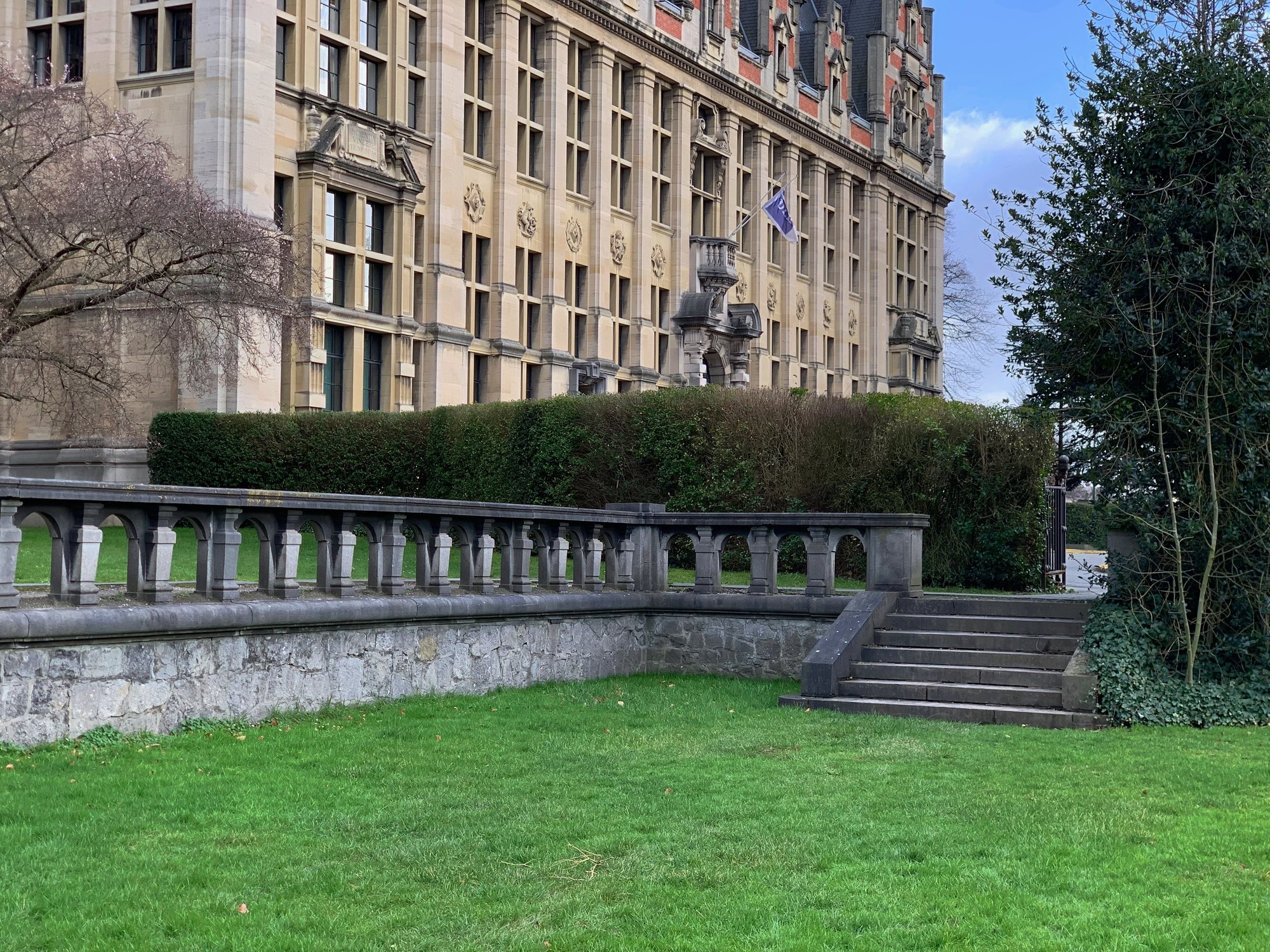
Belgium at the expos
Expo 1910 Brussels
In the early 20th century, Belgium gained international recognition thanks to its industrial development and the success of past expos. Belgium wanted to strengthen that position through Expo 1910 Brussels, positioning itself as a strategic crossroads between Germany, the UK and France.
The expo put a big focus on colonisation, considering it took place during the height of the colonisation period. This was strongly visible through the pavilions present. Visitors could visit the Algerian, Indochinese, Malagasy or Tunisian pavilion.
The expo site was located on the Solbosch Plateau. Today, that plateau is home to the campus of the Free University of Brussels, which has been established there since 1920. Specific sections were also set up in other places in the Brussels area, such as the fine arts section in Cinquantenaire Park and a section dedicated to colonisation in Tervuren. The museum in Tervuren was built for the previous World Expo in Brussels, Expo 1897.
This expo was another huge contribution to the territorial expansion and urbanisation of the city of Brussels. Brussels Kermess was the highlight of the expo for many visitors. The expo housed many congresses for experts. Those congresses covered topics from horticulture to international associations to tropical astronomy or intellectual property.
Expo 1910 Brussels did not go off without a hitch. A fire broke out on 14 August 1910, damaging the Brussels Kermess, the English section and part of the French section.
Belgium at the expos
Expo 1913 Ghent
Expo 1913 Ghent took place in Sint-Pieters-Aalst in Ghent. Today it is home to the Citadel Park and the Millionaires' Quarter, among other things.
Ghent already organised a provincial exhibition in 1899. That exhibition was such a great success that the city of Ghent decided to apply for the world exhibition in 1913.
The exposition covered a larger area than any other world exhibition already held in Belgium. The number of participants included the largest European nations, the United States, Canada, Argentina and Persia, who all participated with their own pavilions. Other countries were accommodated in the International Hall. In terms of participant numbers, the expo was also an immense success.
Expo 1913 Ghent created an opportunity for the city of Ghent to renovate the city centre and especially the Graslei. Ghent-Sint-Pieters station was also built for the expo.
The 'Old Flanders' section was one of the most visited sections of the whole expo. In that section, the difference between the past and the present was shown very clearly.
Expo 1913 Ghent was the last major expo in Europe before the outbreak of the First World War. Unfortunately, a lot of structures built for the expo were destroyed during the war.
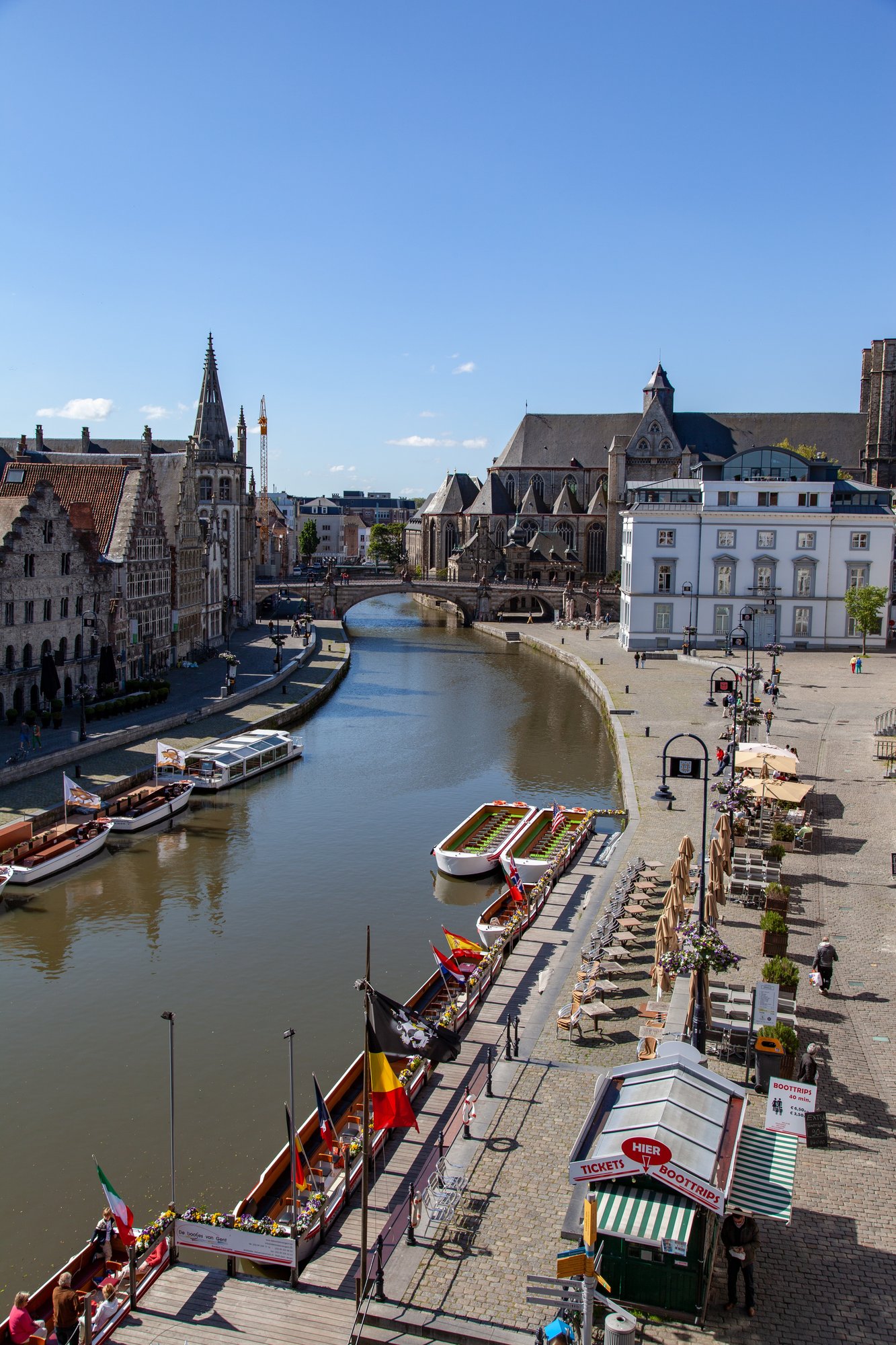

Belgium at the expos
Expo 1933 Chicago
In 1933, the World Expo took place in Chicago, Illinois in the United States. Chicago had a lot of crime in the 1920s. The city was plagued by the mafia. The turbulent situation motivated the city to host the World Expo, hoping to boost their image this way, both locally and internationally.
The exposition took up a lot of area in Burnham Park, on Lake Michigan. The World Expo had the motto "A Century of Progress". Noteworthy: this was not the first time Chicago was allowed to host a World Expo. Expo 1933 Chicago came 40 years after Expo 1893 Chicago. Back then, the expo was entirely themed around the 400th anniversary of Christopher Columbus' discovery of America.
Only 19 countries could participate in the expo because of the crash of the US stock market on 28 October 1929, also known as "Black Tuesday". Belgium was one of those 19 countries.
Belgium built a "Belgian Village" at Expo 1933 Chicago. The Belgian village was a reflection of Belgium. The Belgian village featured the Ostend Gate, Antwerp's St Nicholas, the medieval gates of the city of Bruges, typical houses with high gabled...
Visitors imagined themselves in Belgium, they could walk along cobbled streets, see white geese, old mills, an old blacksmith... The famous Belgian laces were also made in the Belgian village.
Every afternoon and evening, performances were organised where folk dances were performed by peasant girls in typical old-Flemish costumes.
Belgium at the expos
Expo 1935 Brussels
The very first World Expo overseen by the Bureau International des Expositions (BIE) was organised in Brussels between 27 April and 3 November 1935. The expo was themed "Transport" and celebrated the 100th anniversary of the first railway line in continental Europe, that between Brussels and Mechelen.
It was agreed that both Antwerp and Liège could host centenary events, while Brussels would effectively host. In a context of economic crisis, the project created optimism and jobs.
The Jubilee Stadium (now known as the King Baudouin Stadium), which opened on 23 August 1930, was the first structure to be built in the new area, known as the Heysel Plateau.
The exhibition palaces and especially the Halle Centrale were the most recognisable symbols of the Expo, showcasing the latest techniques in design and construction. The Halle Centrale was dedicated to Transport, the theme of the Expo, with four statues on its facade that paid homage to sailing, horse transport, steam power and aviation.
In difficult economic times, the development of the Heysel plateau and its infrastructure was a bold project that created jobs and provided an important new exhibition complex. Expo 1935 played an important role in the urban expansion of Brussels and paved the way for the development of Laeken and what would later become the site of the 1958 World Expo.
"Belgium wanted to offer a concerned world a place to get its bearings."
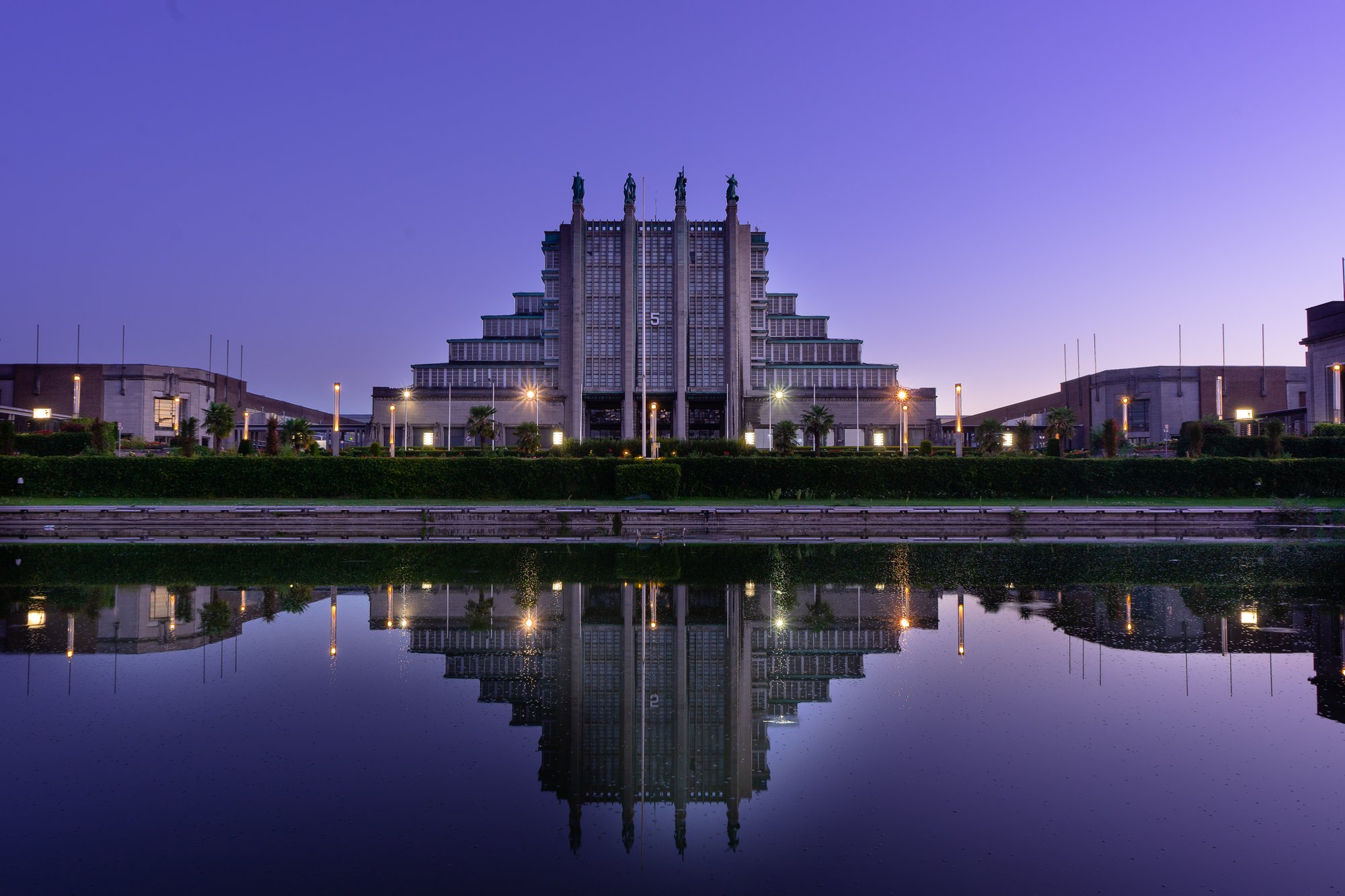
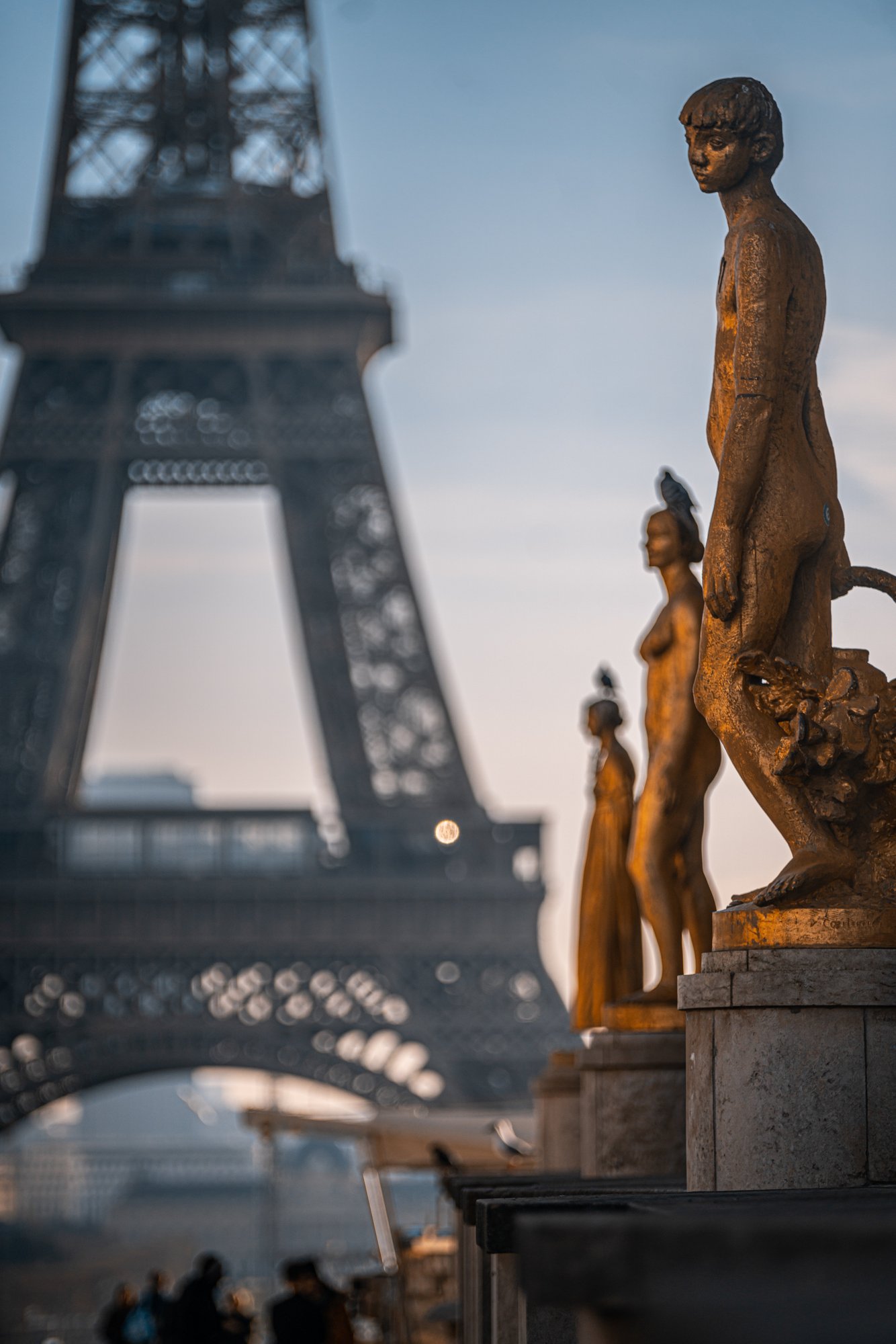
Belgium at the expos
Expo 1937 Paris
Expo 1937 Paris centred around the theme 'Arts and Techniques in Modern Life'. The expo site spread much wider than planned. It eventually included the Trocadéro, the Champ de Mars and the quays of the Seine between the Alma and Passy bridges.
The expo took place in a crisis context. The World Expo experienced many delays because of changes in leadership and location, as well as floods and strikes. Social unrest also found a place at Expo 1937 Paris, thanks to the ongoing economic crisis, political unrest and international tensions, characteristic of the period.
In the end, 44 countries still participated in Expo 1937, including Belgium. The Belgian pavilion actually consisted of three pavilions. The official pavilion exhibited marble and tapestries. Those tapestries followed a religious theme and mirrored the Belgian 'Ommegang' organised in many cities. There was also a tribute or hymn present for the workers in Belgium, the "Monument au Travail" of the "copères". The inhabitants of Dinant bore that name.
Besides the official pavilion, Belgium also had a winter garden where Belgian floral art was exhibited. Finally, there was also a tourist gallery. In it, semi-luxury products could be found.
Belgium at the expos
Expo 1939 New York
The expo site was located in Queens, where the landfill used to be. Thanks to the expo, the land could be made usable for other purposes. In a social context of economic crisis, Expo 1939 was organised in New York, following the success of Expo 1933 Chicago, hoping to erase the bad memories of the economic crisis.
The expo praised a world of capitalism, consumerism and democracy, but the outbreak of World War II still left its mark on the world expo. The conflict was given a prominent place at the expo. The public was informed about the developments in Europe. The public saw Expo 1939 New York as a great success, more than 45 million people descended on the expo. However, that was not enough to recoup costs.
The expo took place on the 150th anniversary of George Washington's government and the new constitution, but its main focus was on the future with the theme 'The World of Tomorrow'. The positive impact of technologies became the focus of the expo.
On 16 November 1936, President Roosevelt invited countries from around the world to participate in the event; 58 countries responded affirmatively, including Belgium. The Belgian pavilion at Expo 1939 is known as Bells for Peace or the Belgian Friendship Pavilion. The building was designed by architect Henry Van de Velde. The pavilion has been repurposed by Virginia Union University in Richmond, Virginia. The building is still used by the school for basketball games.
Belgian pavilion was all about honouring the past and ensuring the future.
A remarkable thing about this expo: the corporate pavilions were placed more prominently than the national pavilions. This was because the organisers believed that capitalism was more conducive than nationalism.
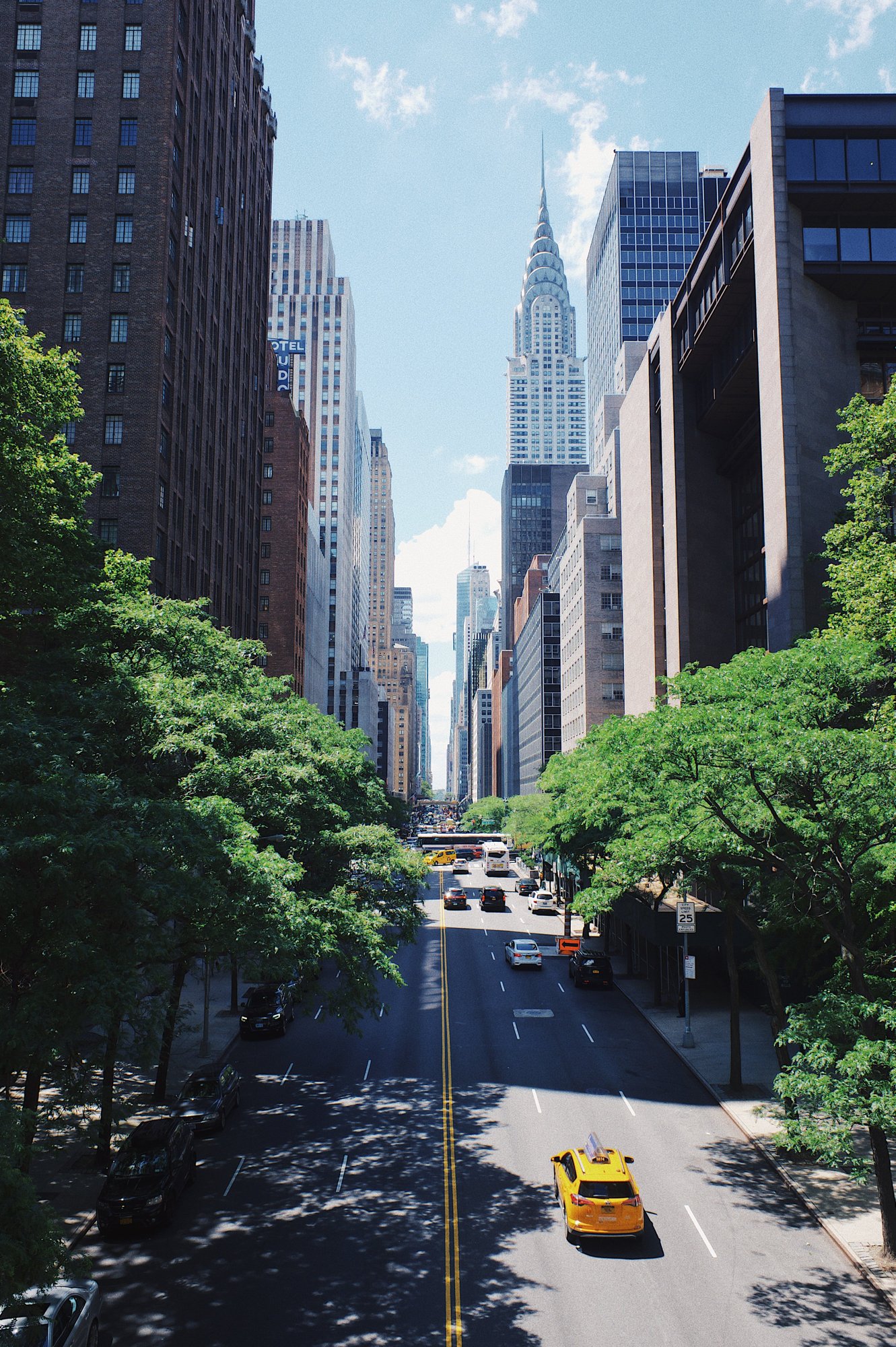
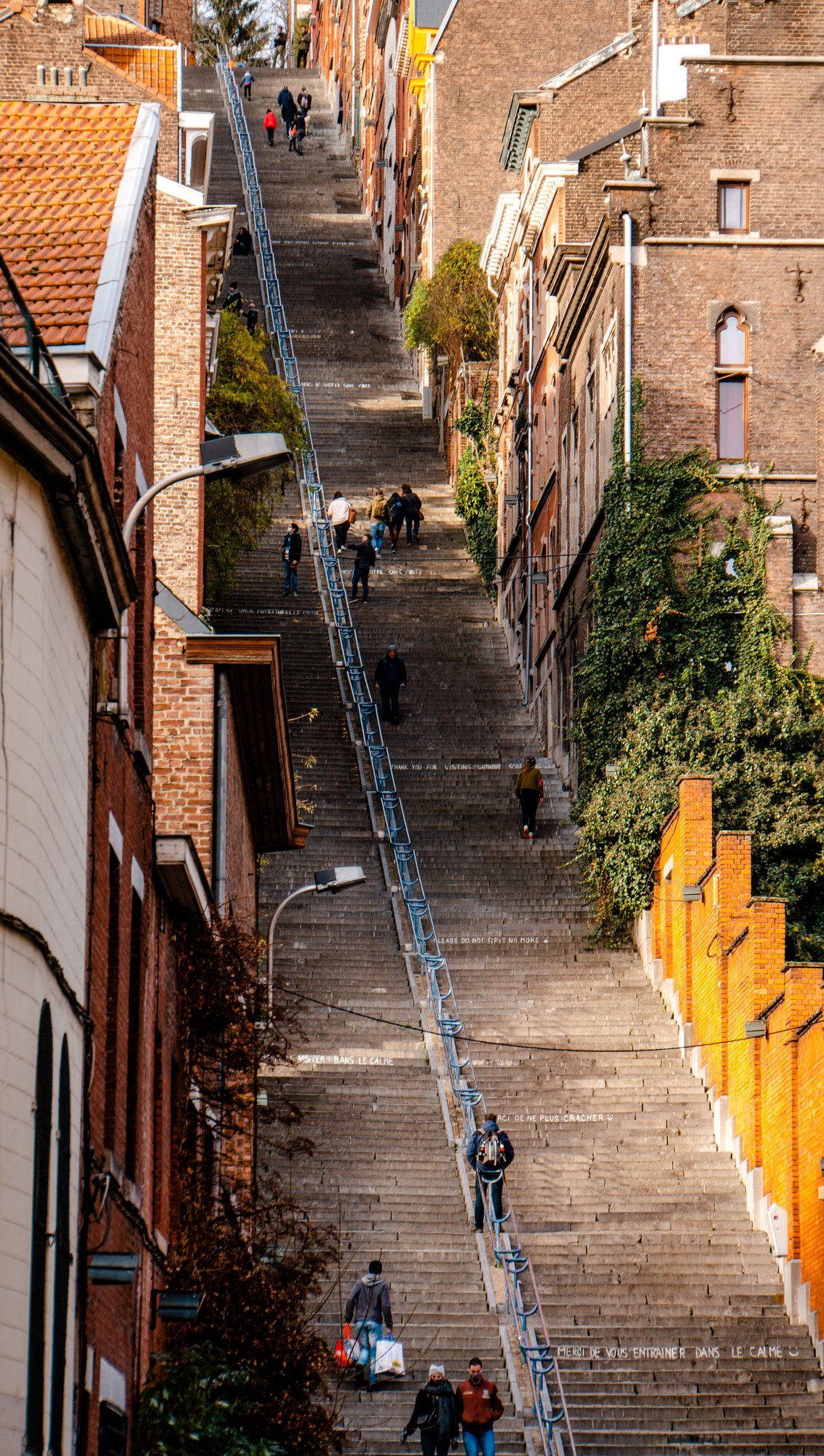
Belgium at the expos
Expo 1939 Liege
The Belgian city of Liège organised a Special Expo in 1939 to celebrate the completion of the 122-km-long Albert Canal. Work on the Albert Canal took 10 years, so a celebration was certainly in order. The expo was known as the starting point of the Walloon Region's development. The theme of the expo speaks for itself: 'Water management'.
The aim of the expo was to highlight the importance of water as a tool for energy supply, development and mutual cooperation. The expo was developed on the banks of the Meuse River.
The site was hailed internationally as 'organised grandeur'. Urbanism was at the heart of the development of the exhibition site. All buildings were built taking into account technical, social and cultural aspects.
Eight countries had a pavilion at the Expo: Germany, Egypt, France, Luxembourg, Norway, the Netherlands and Sweden. The French and German pavilions were the two most prominent international pavilions, facing each other as a reflection of the political tensions of the time.
Initially scheduled to run until November 1939, the Expo closed its doors on 2 September due to the outbreak of war in Europe. Despite the sad end, much of the expo site was later turned into an area of social housing for the city, known as Droixhe.
Belgium at the expos
Expo 1949 Port-au-Prince
Expo 1949 Port-au-Prince was given the theme 'The Festival of Peace'. The expo provided an opportunity for the Haitian government, led by Dumarsais Estimé, to draw international attention to Haiti and develop the tourism sector.
The expo celebrated the 200th anniversary of the founding of Port-au-Prince. It was an opportunity to modernise the city and redevelop the area around Gonave Bay. Therefore, the Haitian government ran major communication campaigns in the United States and Latin America, hoping to generate a lot of interest in the World Expo.
The expo eventually welcomed 250,000 visitors. A lot of new hotels were built to accommodate tourists. In addition, the city also underwent a 'big clean-up' and improved sanitation.
The various pavilions of the post office, tourist office, luminous fountain and green theatre were converted into official government buildings surrounded by palm trees and modern buildings, including the central park and botanical garden. The Belgian pavilion was one such pavilion.
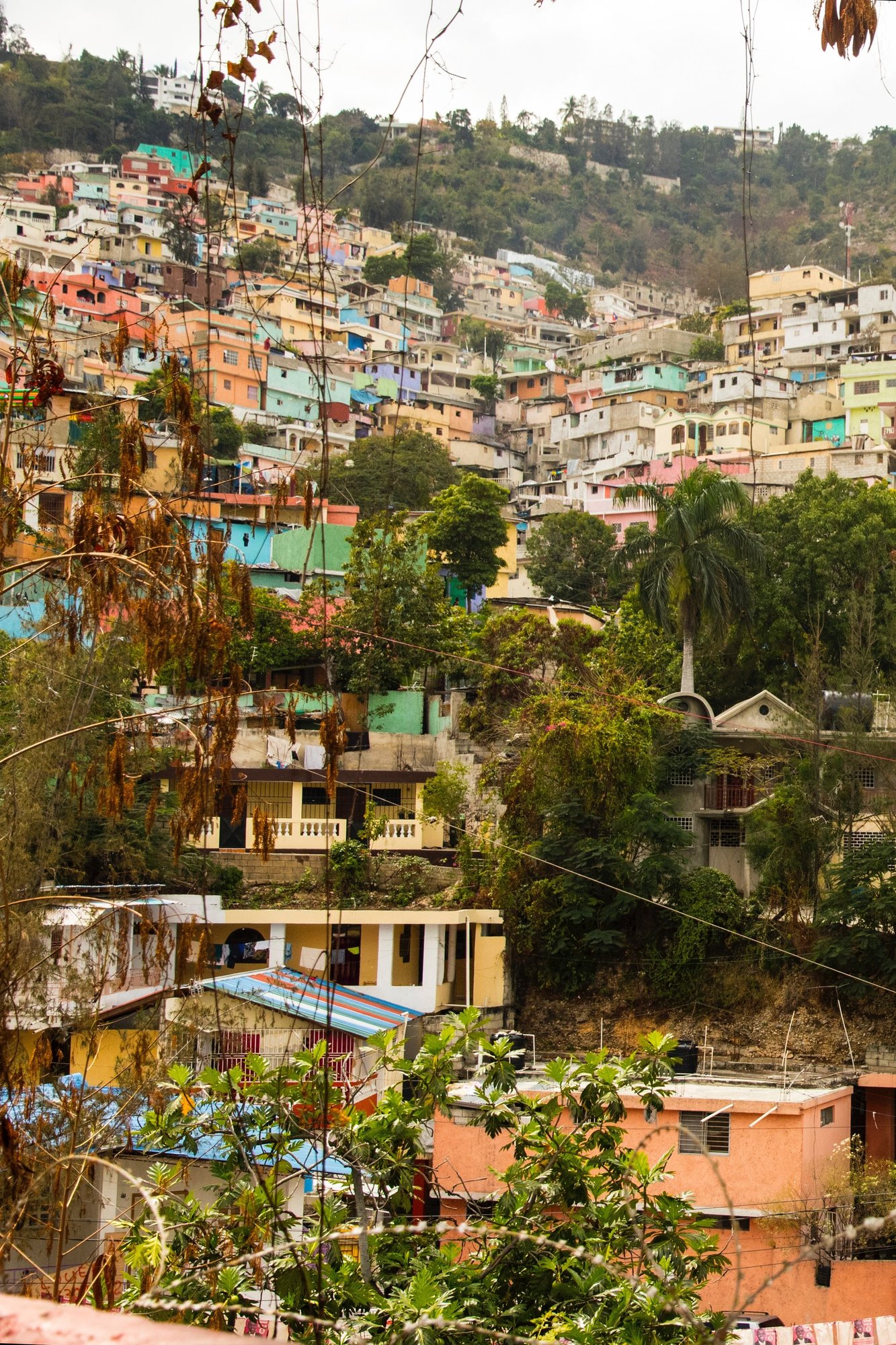
Belgium at the expos
Expo 1958
The 1958 World Expo took place in the Belgian capital Brussels from 17 April to 19 October 1958. The expo site was and still is found at the Heysel.
The theme of that famous world exhibition was "Building the world to human dimensions". The expo grounds occupied some 200 hectares. The expo received more than 42 million visitors and welcomed 44 participating countries and organisations.
Belgium applied to host the expo on 7 May 1948 and was elected in November 1953. In doing so, Brussels succeeded the previous World Expo Port-au-Prince Internationale.
The decision to apply as a host country arose during the reconstruction process after World War II. Belgium already had experience in hosting such a world expo and could not deny the financial success of Expo 1935.
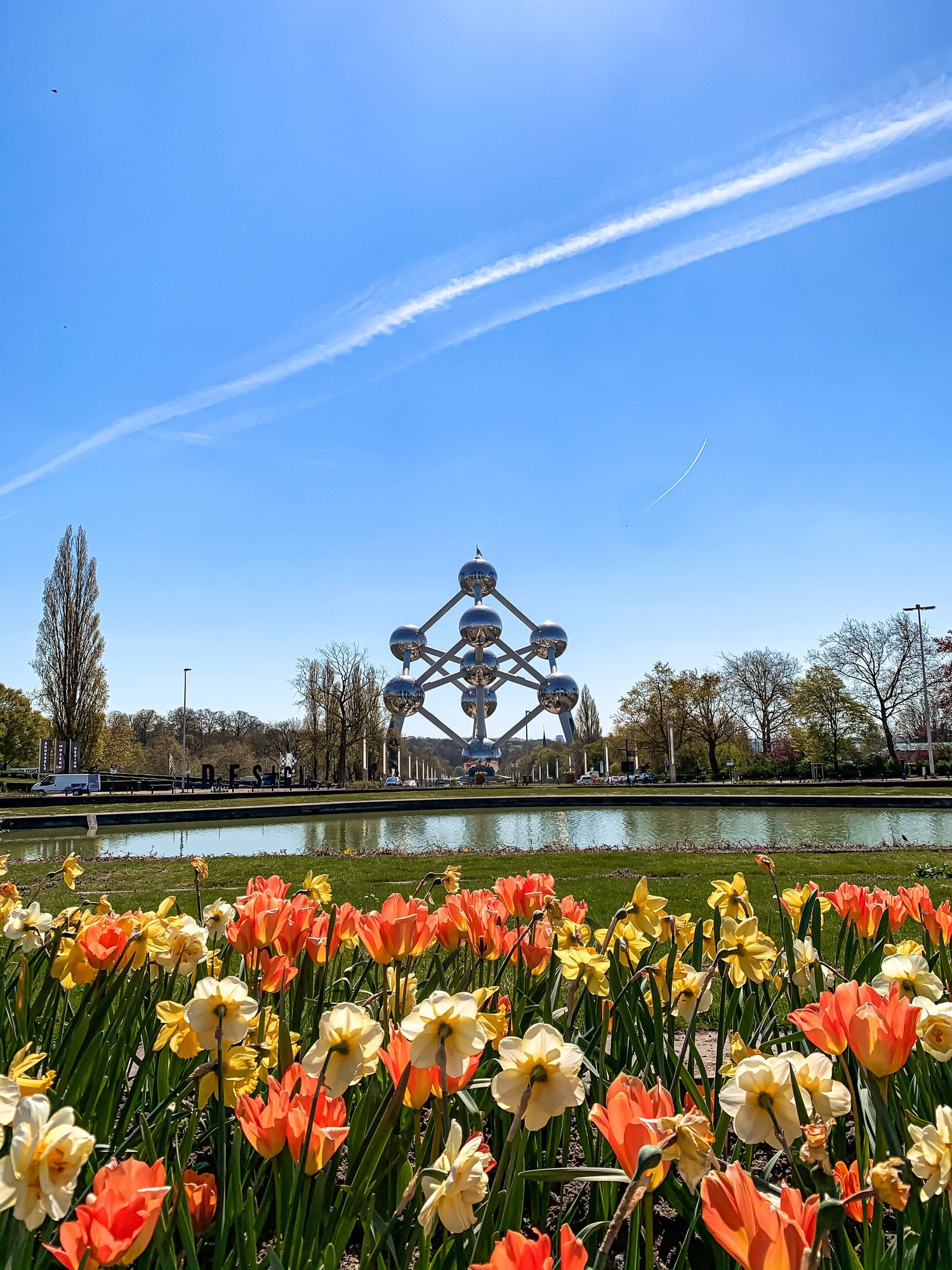

Originally planned for 1955, the World Expo was postponed to 1958 because of the Korean War. The decision regarding the host country was also made only after the Korean War armistice, in 1953.
Expo 1958 was the first edition of the World Expo category after World War II. That symbolism largely determined the theme: freedom and progress, also core themes throughout the 1950s and 1960s. King Baudouin opened the World Expo, presenting a call for peace and social and economic progress.
Belgium at the expos
Expo 1962 Seattle
The Seattle expo was organised under the banner of 'Man in the space Age'. Expo 1962 Seattle was intended to highlight contributions to science, as well as to emphasise the 'American Way of Life'. The United States thus wanted to soften the shock of the Soviets' successful space programme.
There were five main areas: the World of Science; the World of the 21st Century; the World of Commerce and Industry; and the World of Entertainment. Yet space was at the heart of the Century 21 Expo. As such, the grounds were dominated by a symbol of space travel: John Graham's Space Needle.
Architectural innovation was not limited to the Needle. Paul Thiry designed the futuristic Coliseum. That structure is now known as the Key Arena. That was built for the Washington State Pavilion. Minoru Yamasaki, on the other hand, combined Japanese and Gothic aesthetics for the U.S. Science Pavilion, today's Pacific Science Centre. The national pavilions were joined by numerous US corporate pavilions,
Many impressive displays showed how experts thought humans would live, work, play and travel in the 21st century. Art was also very present at the expo with 72 masterpieces by artists such as Titian, El Greco, Caravaggio, Rembrandt, Rubens, Toulouse-Lautrec, Monet, Klee, Braque and Picasso.
Among 44 participating countries, Belgium excelled at Century 21: Walter Cleyman introduced Belgian waffles to America on 21 April 1962 and it was a grandiose success. To this day, Belgian waffles are considered the surprise hit of the expo. Over a six-month period, Cleyman sold half a million waffles.
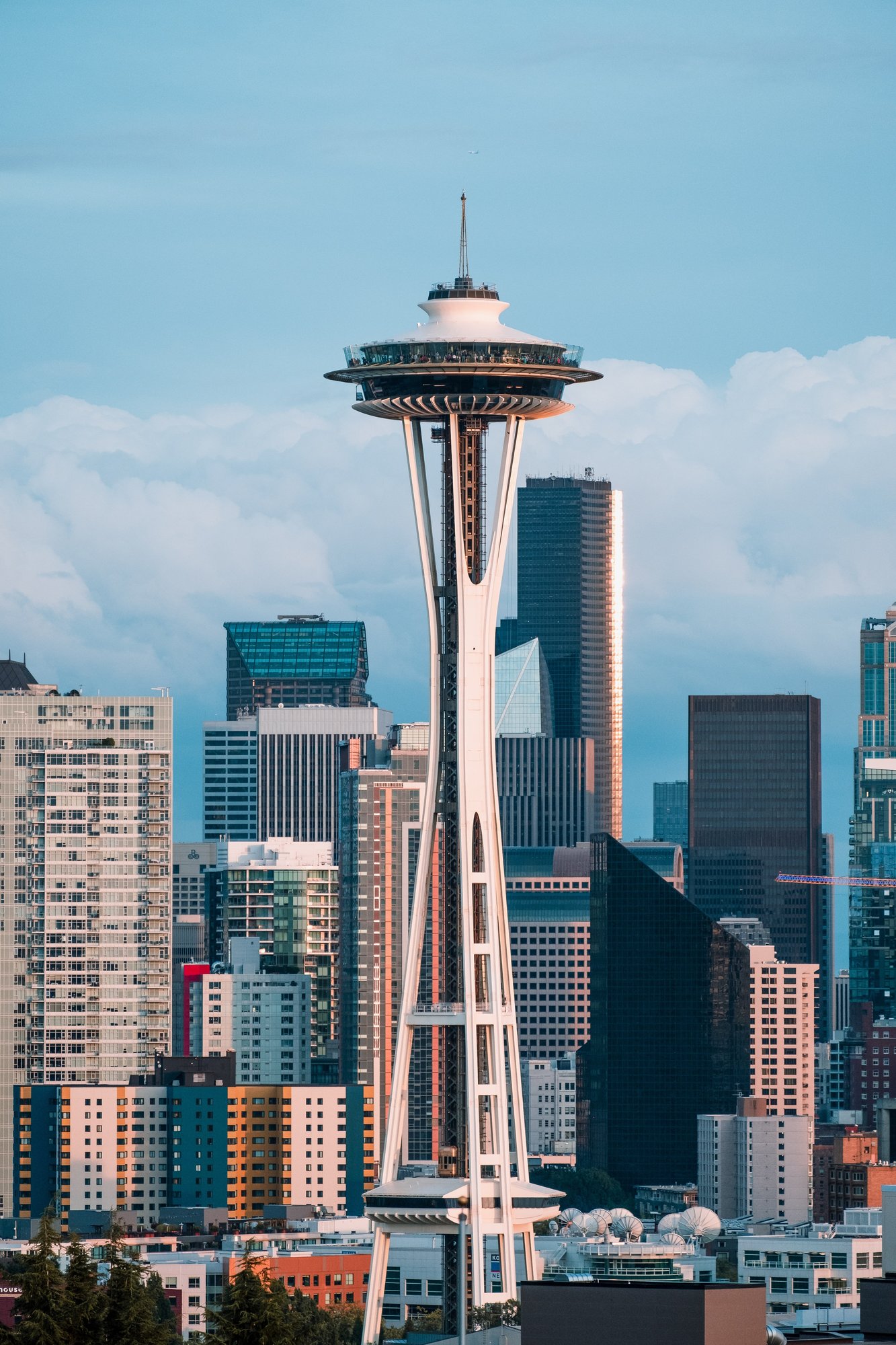
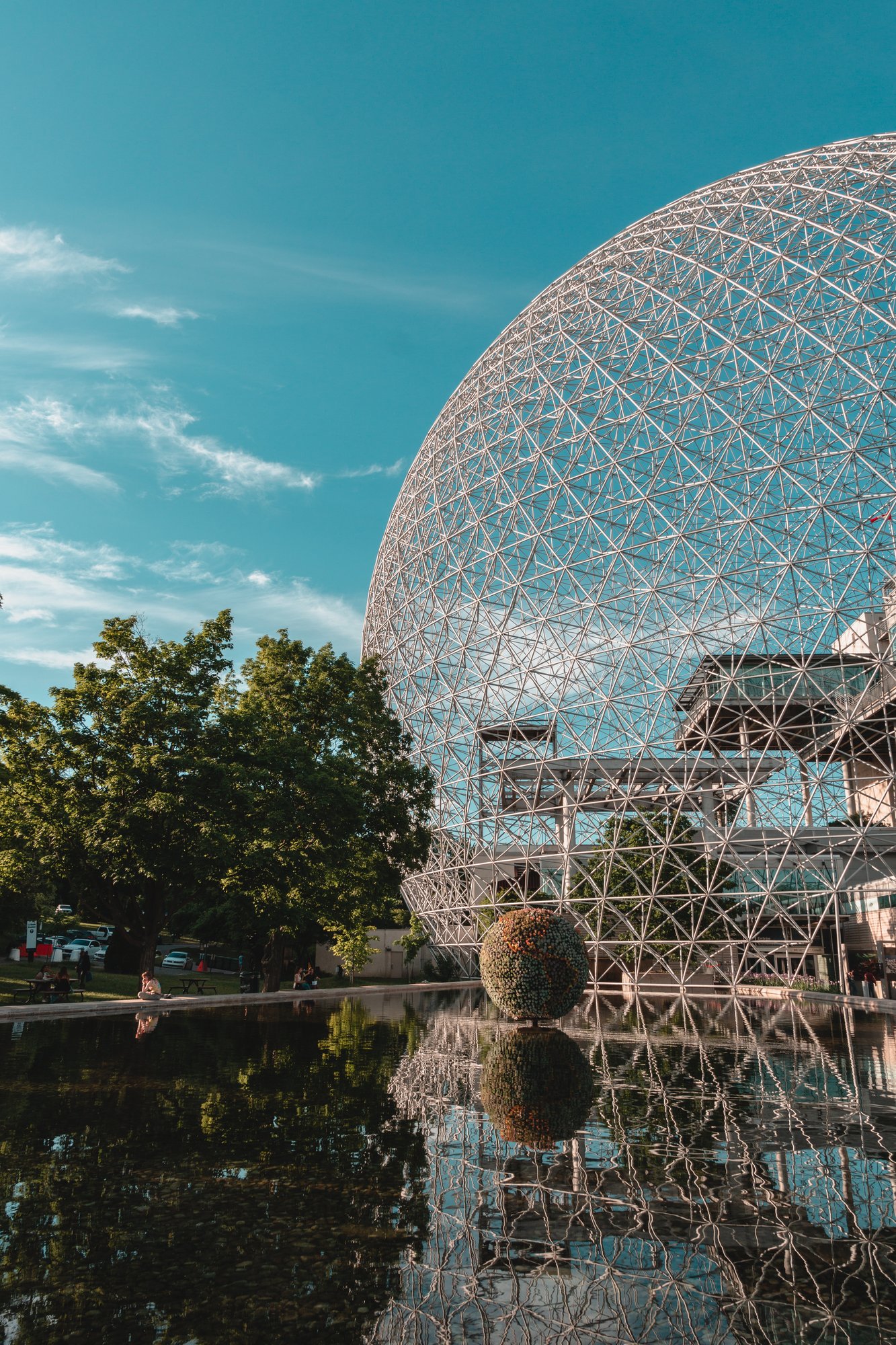
Belgium at the expos
Expo 1967 Montreal
The expo was originally to be held in Moscow and was to coincide with the 50th anniversary of the October Revolution. When the USSR withdrew its candidature in 1962, Montreal was chosen to host the 1967 World Expo.
Expo 1967 Montreal took place at the same time as the 100th anniversary of the Canadian Confederation and 325 years after the founding of Montreal. The expo welcomed 50 million visitors to the expo grounds under the theme 'The Planet of Mankind'. That theme was inspired by a book by Antoine de Saint-Exupéry (La Terre des Hommes) and it focused on universal problems of humanity, inspired by Expo 1958 Brussels.
Not only scientific, technological and industrial progress had to be presented and promoted in the exhibition, but also man's social responsibility and environmental awareness. Expo '67 was undoubtedly one of the most successful World Expos. It attracted more than 50 million visitors, even though Canada had a population of only 20 million.
The Belgian pavilion was themed 'Nothing human is foreign to the Belgian'. It summed up the essence of the country's presentation; a comprehensive panorama of the many fields in which Belgium has distinguished itself.
Belgium put necessary emphasis in the architecture of the pavilion to exhibit the country's strengths. In addition, masterpieces by Belgian artists from different disciplines were displayed in the pavilion. Also present in the different sections of the pavilion were audiovisual shows (with an emphasis on democratic freedoms and social progress and Belgium's tourist attractions), a scientific presentation, historical Belgians and elegant gastronomy.
Belgium at the expos
Expo 1970 Osaka
Expo 1970 Osaka was the first World Expo in Japan and Asia. The theme of the expo was 'Progress and Harmony for Mankind'. A record was broken with 77 participating countries and more than 64 million visitors. Those figures were not exceeded until Expo 2010 Shanghai.
The expo took place in the context of the Cold War and the aftermath of World War II. Japan was experiencing great economic development at the time. The aim of the expo was to promote peace and create common ground through the global advancement of technological civilisation. At the same time, Japan also wanted to use the expo to address contemporary problems, such as environmental degradation and poverty.
The Belgian pavilion was one of the 'East Zone pavilions'. The theme in our pavilion was 'You and Us'. The pavilion painted a picture of a simple and humane Belgium striving for a better human condition in brotherhood and peace.
The pavilion was a harmonious blend of traditional Belgian and Japanese architectural features. The pavilion's garden presented the national territory. Furthermore, the pavilion was divided into the sections 'Present' (where Belgians could be seen at work), 'Past' (with a succession of paintings, tapestries, jewellery and other ancient specialities) and 'Future' (with a focus on technological evolution).
The Belgian vision was underlined in the pavilion: humanism will control mechanisation. Gastronomy could not be missing from the pavilion, of course.
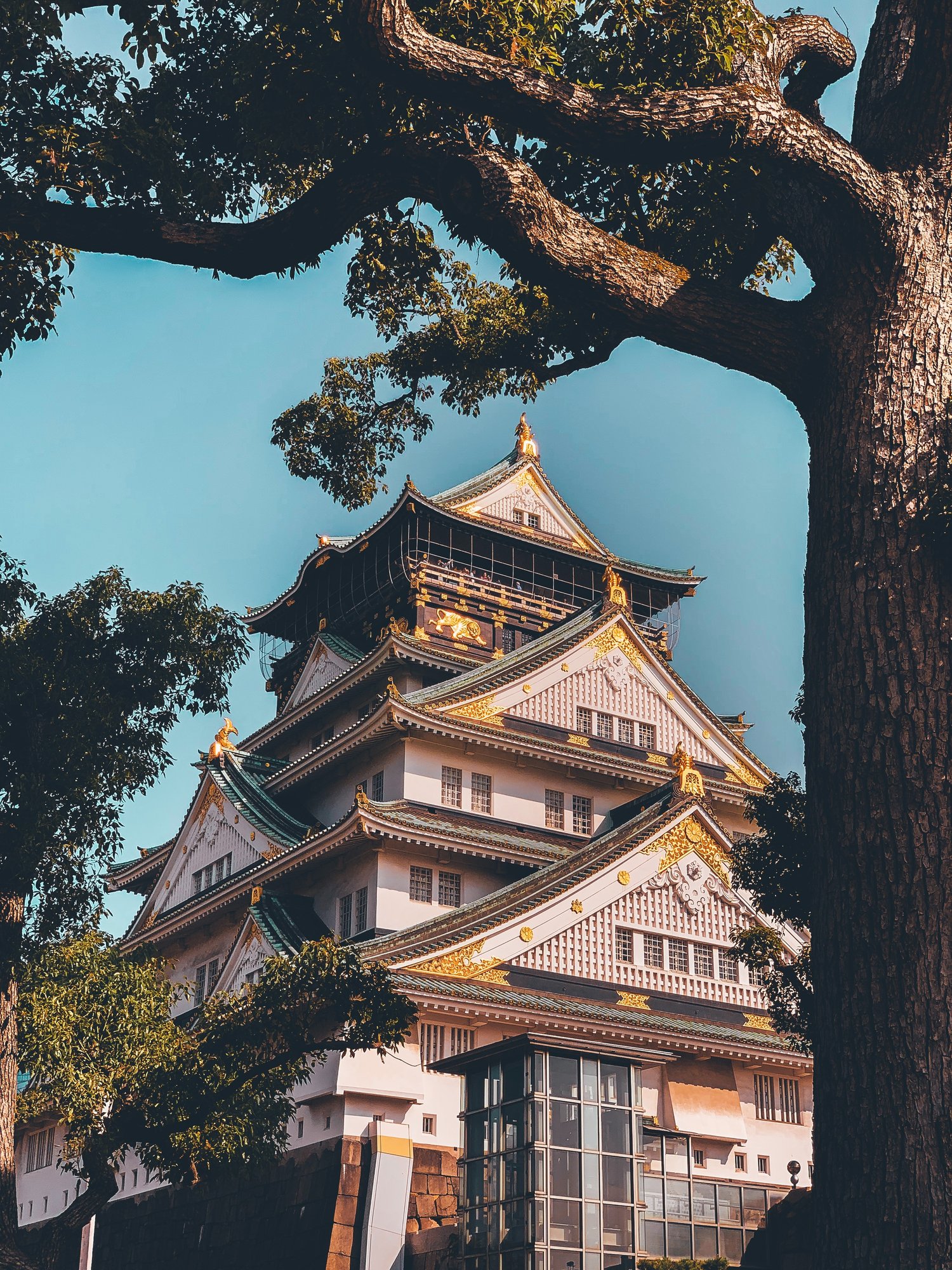
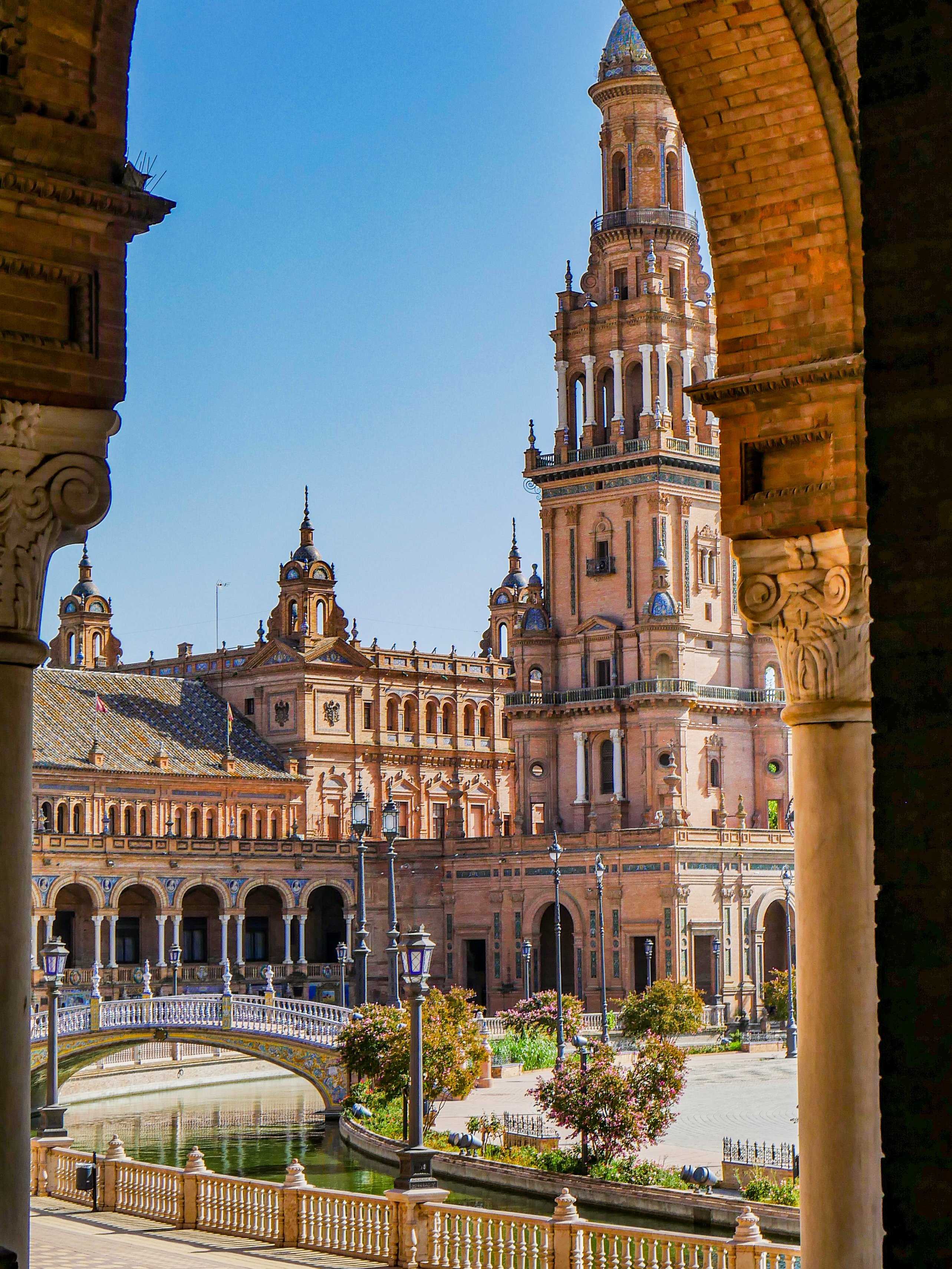
Belgium at the expos
Expo 1992 Seville
As soon as Juan Carlos I ascended the throne after the death of General Franco, he announced that the country would host a World Expo. Sixteen years later, with the 1992 Seville Expo, the country was able to exhibit its cultural diversity.
The expo was largely prepared during the Cold War, but the opening took place after the Cold War ended, which had important consequences for the organisation of the event. After the fall of the Berlin Wall and the reunification of Germany, there were no longer two, but one pavilion to represent the country.
The theme of the Expo was 'The Age of Discovery' to celebrate the 500th anniversary of the discovery of America by Christopher Columbus. The Isla de la Cartuja, where the explorer is said to have lived before his voyage, was chosen as the venue for the Expo.
Belgium, a territory at the crossroads of major European routes, a host country for different cultures, whose contribution to the discoveries and progress of humanity and its international vocation, at the beginning of the 21st century, are more topical and real than ever. This was the message the Belgian pavilion wanted to convey to its visitors through various themes.
The first theme highlighted Belgium's central position in Europe and the function of Brussels as a European hub. The second theme was the past and present contribution of Belgians to better knowledge and preservation of our planet and to the exploration of the universe.
Belgians have always been inventive and have actively participated in the great movement of scientific and technological discoveries. The third theme was dedicated to them. Belgium was and is one of the most fertile areas for humanity: the humanities and the arts. The fourth theme was to demonstrate that.
"Belgium is also a unique model of living together between two layers, formed by three cultural communities and three regions that overlap without merging, each with its own specific characteristics." The entire ground floor was dedicated to describing this reality.
Belgium at the expos
Expo 2000 Hannover
Expo 2000 Hannover, Germany's first World Expo, took place in Hannover between 1 June and 31 October 2000 and attracted 18 million visitors. The expo was organised under the theme 'Humankind - Nature - Technology' and embodied the goals and principles of the Agenda 21 action plan as adopted by the Earth Summit in Rio de Janeiro in 1992.
Germany - which had only just been reunited - called on countries from around the world to present their vision of a future society and propose models of governance and policies aimed at a better balance between people, nature and technology.
For both the organiser and the participants, it was essential that the development of the site complied with strict sustainable development guidelines set out in the Hanover Principals.
The Belgian pavilion was known as the Peppermint Pavilion. Today, the building in Expo Park Hannover is used as an event venue and the headquarters of the Peppermint Jam record label and Peppermint Park sound studio. The owner is music producer Mousse T.
The pavilion, designed by Groep Planning CV, contained several presentation rooms in which the different Belgian regions presented themselves. The restaurant still exists today.


Belgium at the expos
Expo 2005 Aichi
Expo 2005 Aichi took place from 25 March to 25 September 2005 in Aichi Prefecture and attracted 22.05 million visitors, far more than the expected 15 million. The theme of the expo was 'Nature's Wisdom', based on the 1997 Kyoto Protocol that aimed to reduce greenhouse gas emissions.
The exhibit was designed and built with respect for the theme and was subjected to a thorough environmental assessment. Existing forests and ponds were integrated into the exposition, with the built-up area having minimal impact on the environment.
The Belgian Pavilion tells the story of how Belgian artists, from Van Eyck to contemporary designers, looked at the nature around them. The way they integrated this nature into their work not only produced artworks that are still admired today, but also influenced the society they lived in at the time.
The exhibitions combined artistic imagination with cutting-edge technology. One example was the room dedicated to "Regions and Communities" where the most sophisticated devices projected the image of Belgium. There was also a playground for children.
Belgium at the expos
Expo 2008 Zaragoza
Following the success of the 1992 Seville World Expo, the Spanish city of Zaragoza embarked on a project to organise a Specialised Expo as a way to boost investment and promote development, particularly along the banks of the Ebro River.
In view of the pressing issue of water resources management and the city's own experience at the confluence of two major river systems, "Water & Sustainable Development" was chosen as the theme of Expo 2008, which coincided with the bicentenary of the First Siege of Zaragoza.
The Belgian pavilion followed the concept of installation and trail. It was based on the natural cycle of water in Belgium and this so specific landscape between heaven and earth, where horizons mix.
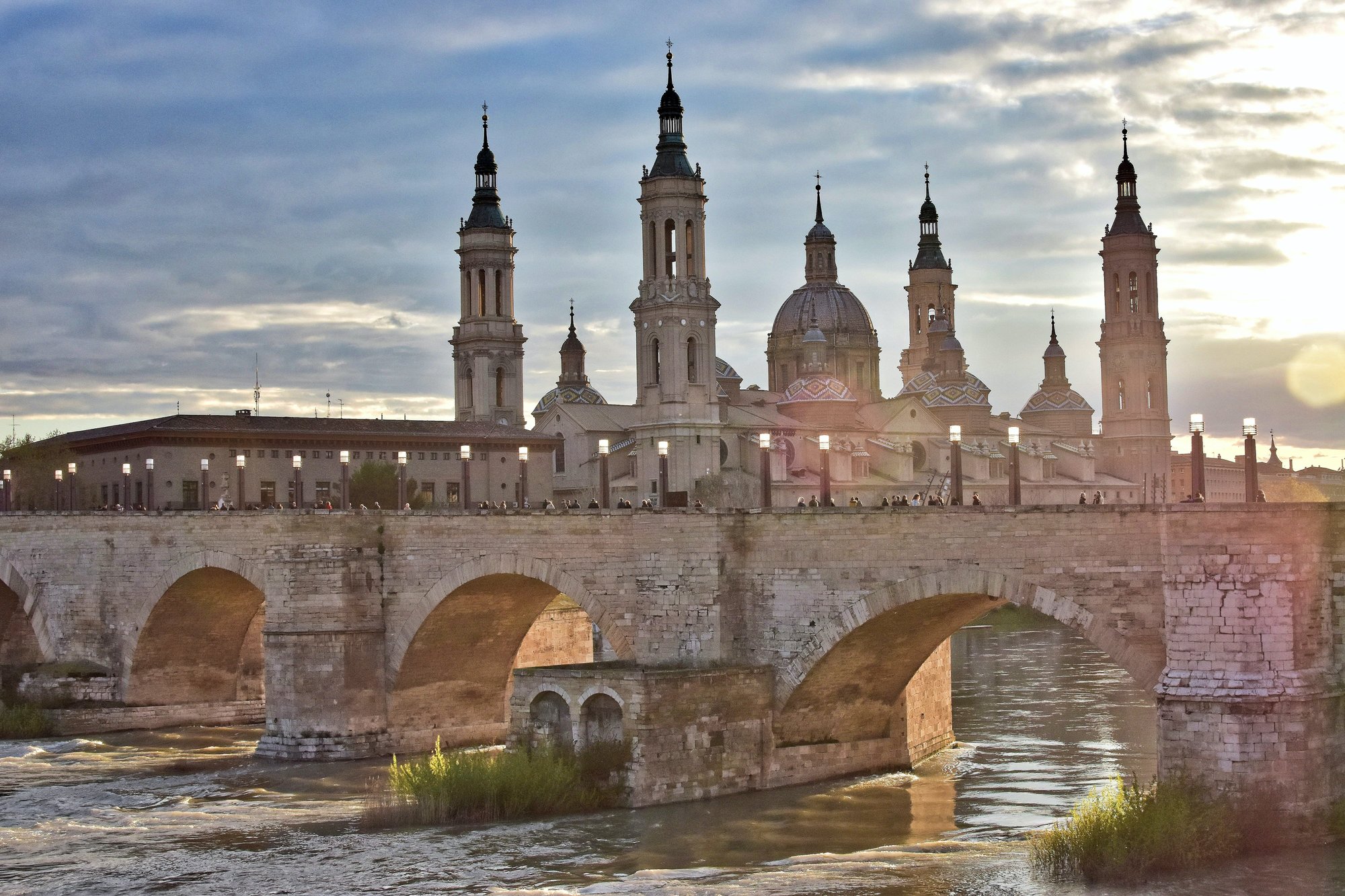

Belgium at the expos
Expo 2010 Shanghai
Expo 2010 Shanghai took place between 1 May and 31 October 2010 and was themed "Better City, Better Life", in a city known for its growth, its bold projects and its unique way of life. In 2010, more than one in two people lived in a city, raising questions about social mixing, sustainability, safety, hygiene and mobility. With an urban population of 23 million, Shanghai was considered the ideal location to propose solutions to these pressing issues.
With the largest site in World Expo history - 523 hectares - Chinese authorities embarked on a major operation to redevelop the area between the Nanpu and Lupu bridges in central Shanghai, on both sides of the Huangpu River.
Besides its size, Expo 2010 Shanghai also broke records in terms of international participation and visitor numbers. A total of 246 countries and international organisations participated in the expo. During the six months the expo lasted, more than 73 million visitors passed through its gates.
The Belgian pavilion was built by Conix Architects together with JV Realys. The structure of a brain cell is the dominant conceptual image for the pavilion. It aims to evoke the artistic and scientific richness of Belgium and the country's central position within Europe.
The brain cell also refers directly to Belgium's role as one of Europe's major gathering centres and crossroads of 3 major cultural traditions: Latin, Germanic and Anglo-Saxon. Closely linked to its surrounding countries, Belgium has always been a 'place of balance' where people came together with common interests that transcended their national needs.
Belgium at the expos
Expo 2012 Yeosu
Expo 2012 Yeosu was dedicated to the theme "The Living Ocean and Coast: Diversity of Resources and Sustainable Activities". It addressed the role of the ocean and coast as a source of life and regulator of the ecosystem.
Together, oceans and coasts form a network that dominates the global environment and whose unique impact on the health of the planet attests to the common destiny of all people and nations around the world. But today, these two key ecosystem players are increasingly at risk: continued coastal development, overexploitation of marine resources and pollution have put enormous pressure on the fragile balance that determines their well-being.
In the Belgian pavilion, visitors were taken to a small carnival, an annual fair on the Belgian coast. Walking past carousels, one was immersed in a rich cultural history, but of course there was also a prominent place for diamonds and chocolate.
It showed a fantastic panorama of the Belgian coast: dunes and swaying grass, beautiful sandy beaches and the tempestuous North Sea visible.
The pavilion was divided into three sections: a first section where the relationship between Belgium and the ocean was outlined; the souvenir shop; and a gourmet restaurant.
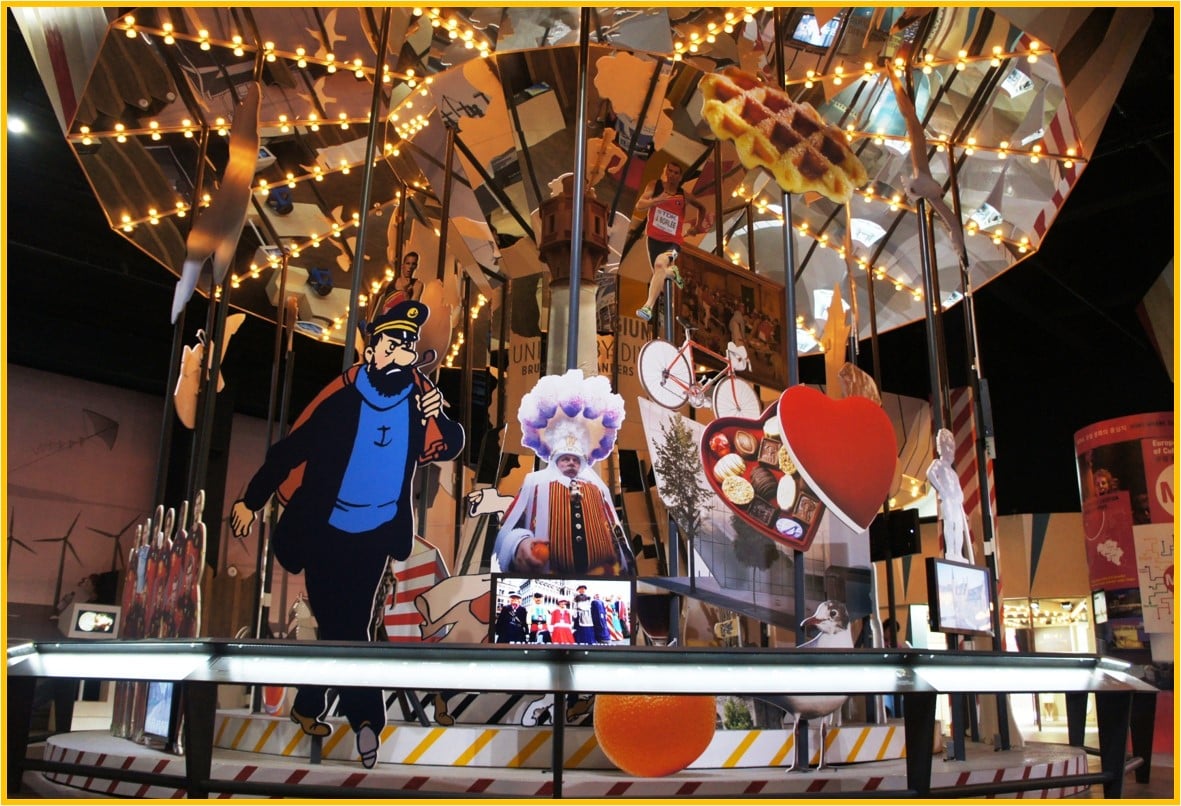
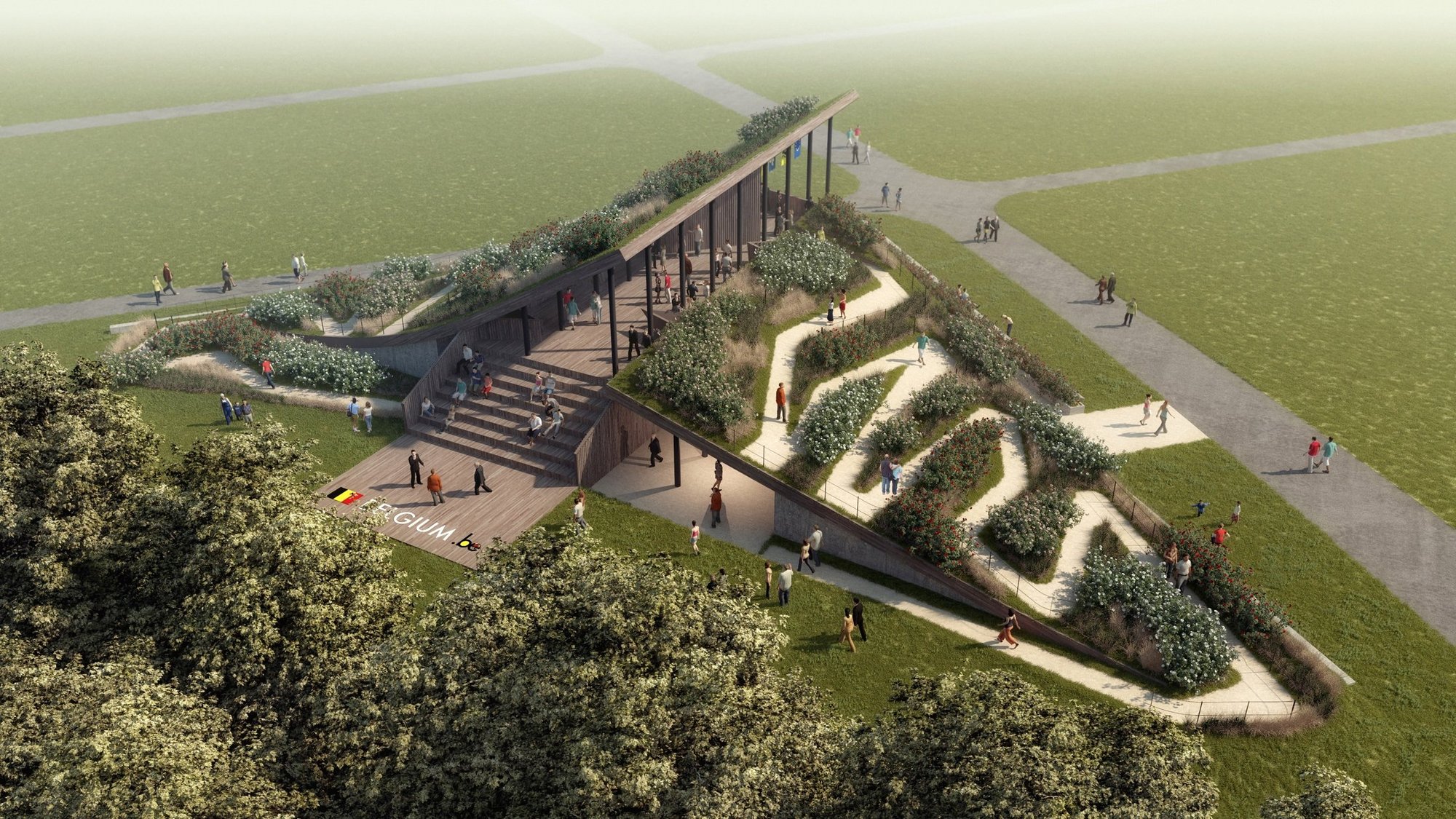
Belgium at the expos
Floriade 2012 Venlo
The international horticultural exhibition Expo 2012 Venlo was the sixth Floriade overseen by the BIE. Floriade 2012 Venlo was opened on 4 April 2012 by Queen Beatrix and welcomed more than 2 million visitors, 52% of whom came from abroad. The expo was organised under the theme 'Be part of the theatre of nature; get closer to the quality of life'.
The Dutch Horticultural Council wanted to turn the visitor experience into a lasting positive memory, so the sustainability principle "cradle-to-cradle" was adopted. Developed in collaboration with German chemist Michael Braungart and American architect William McDonough, that innovative principle is based on circularity and sustainability, with a focus on recycling raw materials.
The Belgian pavilion was to be a resting point at Floriade 2012 Venlo. The audience was the main attraction in the Belgian pavilion. Viewpoints were created in a monochrome space.
The pavilion was surrounded by grasses and planted with a variety of complementary plants. The focus for the materials was mainly on sustainable use and recovery. It had to create an experience where people come together for different reasons.
Belgium at the expos
Expo 2015 Milan
In 2015, the World Expo descended on Milan, Italy under the banner 'Feeding the Planet, Energy for Life'. The Expo addressed one of the biggest challenges of the modern era, raising questions about food production, healthy nutrition, population growth, waste avoidance and the efficient use of natural resources.
The main theme was eventually divided into seven sub-themes: science for food safety, security and quality; innovation in the agro-food supply chain; technology for agriculture and biodiversity; dietary education; solidarity and cooperation on food; food for better lifestyles; en food in the world’s cultures and ethnic groups
Through the design and content of their pavilion, 139 international participants highlighted the Expo's sustainable food theme in various ways. Belgium was one of them. The Belgian pavilion was awarded for design, sustainable construction and alternative food production methods. The pavilion, designed by Namur-based architect Patrick Genard, is based on an innovative urban planning concept that promotes biodiversity, in the city centre.
The Belgian pavilion received a Special Award in the "Design and Materials of the building" Category, in particular for its renewable energy systems such as photovoltaic solar panels, wind turbine, heat pumps and sewage treatment. It was also awarded for "Other Special Initiatives" with the city's alternative food production methods of the future: Hydroponics, Acquaponics and insects.
The eco-sustainable features focus on three key aspects of the building's operation: firstly, limited energy consumption, secondly, water management and finally, the use of natural, recyclable materials. An opportunity to boost Belgium's know-how in quality construction, design and technological innovation.
The concept in the pavilion highlights Belgium's environmental sustainability, technological innovation and national identity. The aim is to reflect Expo 2015 Milan's theme at every level: from the architecture to the details of the scenography and food offerings, to provide an integrated and coherent response to the major themes being explored.
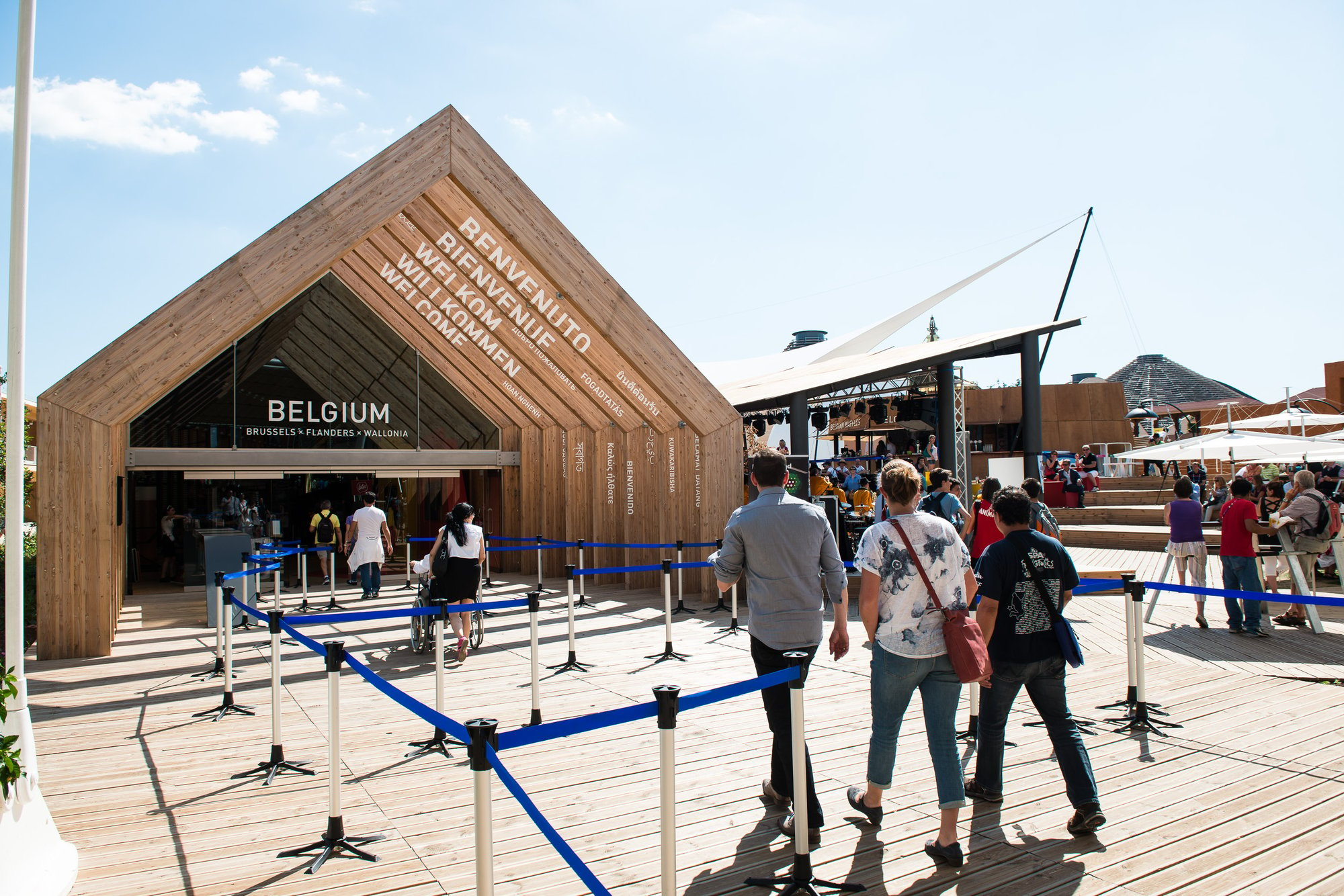
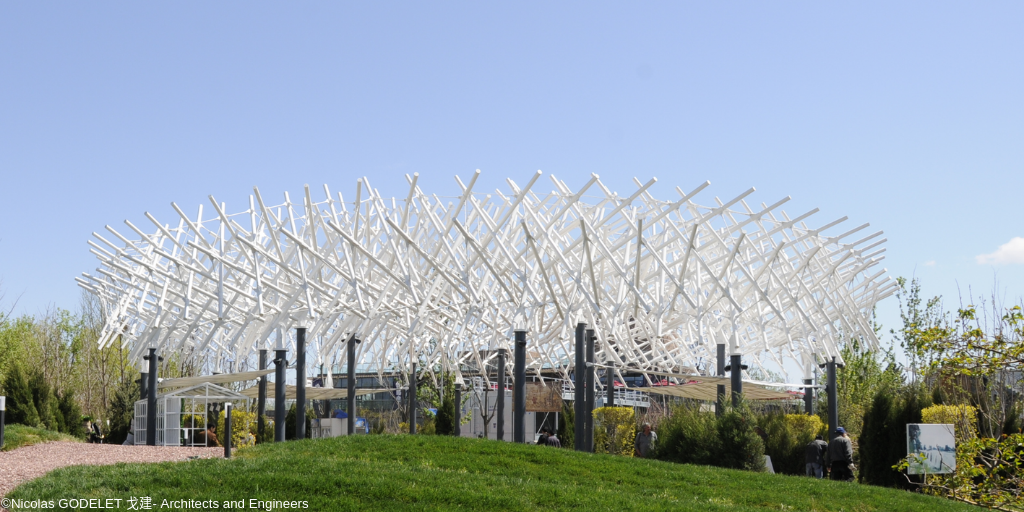
Belgium at the expos
Expo 2019 Beijing
Organised under the theme "Live Green, Live Better", Expo 2019 Beijing was dedicated to people's common desire for a green lifestyle and to help humanity adapt to, respect and integrate with nature.
Located along the Guishui River in Beijing's Yanqing district, at the foot of the Great Wall of China, the venue's fenced-in area totalled about 503 hectares, making it the largest horticultural exhibition ever organised. The expo, in which 110 countries and international organisations participated, was open between 29 April and 7 October 2019 and welcomed 9.34 million visitors.
The firm "Nicolas Godelet 戈建 Architects & Engineers" has designed a garden resembling the Belgian countryside. It opens up to a lawn and a hill lined with trees. In the distance, a soft cloud, an architectural gem, shelters a structured garden. It's all curves and symmetrical lines. This flowery space hides treasures from our painting, poetry and sculpture. In the centre, a table invites visitors to spend some time in this little corner of Belgium and enjoy some of its top products.
The cloud is a symbol of Belgian art and the Belgian climate. It also presents the link between man and nature.
This little slice of paradise contributes to the expo's ambition to "'Live Green, Live Better". The gardens encourage visitors to respect and protect nature, to "'Live Green". These spaces inspire ecological, economic and respectful behaviour. 'Live Better' involves research and education on environmental protection and horticultural development. Specialists from all over the world gathered at the international exhibition in Beijing to discuss their ideas.
Belgium at the expos
Expo 2020 Dubai
As the first World Expo in the Middle East, Africa and South Asia (MEASA) region, Expo 2020 Dubai welcomed visitors from all corners of the world to participate in creating a new world. Expo 2020 Dubai offered visitors a visually striking, emotionally inspiring 182 days as more than 200 participants - including nations, multilateral organisations, companies and educational institutions - created the largest and most diverse World Expo ever.
The exhibition was open from 1 October 2021 to 31 March 2022. Because of the COVID-19 pandemic, the exhibition took place later than planned. Normally, the exhibition would have taken place from 20 October 2020 to 10 April 2021.
On 27 November 2013, Dubai was chosen as the host city by the Bureau International des Expositions. The theme of the World Expo was "Connecting Minds, Creating the Future". Dubai welcomed some 24 million visitors over a six-month period. 192 countries and 10 international organisations were represented at Expo 2020 Dubai.
Belgium was one of those 192 countries. Expo 2020 Dubai was divided into three sub-themes: sustainability, opportunity and mobility. The Belgian pavilion was built in the Mobility district. The pavilion was designed by Assar Architects & Vincent Callebout Architectures and was built by BESIX Group.
The Belgian pavilion was themed Smart and Green Belgium 2050.
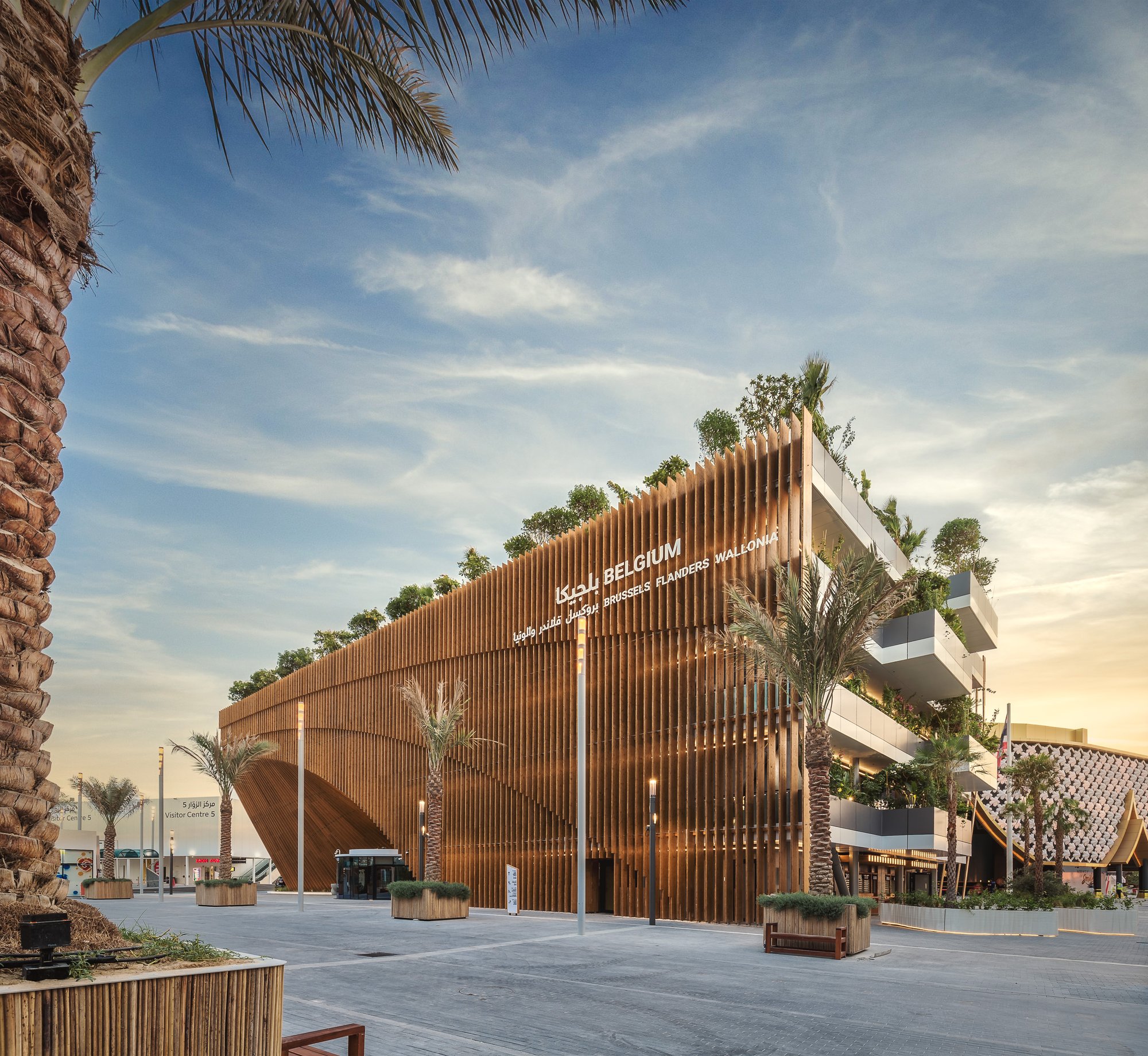
.jpg?height=2000&name=Assar%20images%20(7).jpg)
The 'Green Arch' exhibits Belgian industrial, technological and scientific know-how, a reflection of 'belgitude', a mix between Latin romanticism in art and Anglo-Saxon technical precision in industry.
The Belgian pavilion is called "The Green Arch" because it combines intensive green and futuristic design in solid wood. The pavilion is meant to be a model in the field of sustainable development. It is an ode to the regenerative circular economy, to bio-based and geological materials, to the integration of bioclimatic rules and renewable energies, as well as to the preservation of biodiversity and nature.
The architectural concept of the Belgian pavilion, located in the "Mobility District", is to offer visitors the largest shaded and naturally ventilated agora in the axis of Dubai's prevailing west-east winds. Programming is elevated so that a maximum of the ground floor is free for public use. That means "The Green Arch" is based on a "bridge construction", creating an immense double-curved vault between the two pillars.
The agora was designed as a "shortcut", directly connecting the ''Mobility District'' and the ''Sustainability District'' by crossing the pavilion. Besides basic Belgian dishes such as chips, waffles and chocolate merchants and the bistronomic restaurant, the pavilion offers a view of the 2050 Belgian landscape under the motto "2050 Smart & Green Belgium".
The scenography was divided into four highlights: first, the futuristic escalator drove visitors to the odyssey of 2050. Second, there was the "Future Mobilty Lab", again accompanied by the Belgian comic book heroes, where the three regions (Brussels, Flanders and Wallonia) showed the means they are implementing to move towards soft and low-carbon mobility at national level. Third was the "Main Show" an immersive video projection experience showing a sustainable and resilient skyline of Belgium for 2050. And finally, the "Belgium Mobility Hub" invited everyone, young and old, to project themselves into the Belgian cities and ecological architectures of tomorrow via an unprecedented dynamic capture.
At the end of the exhibition, visitors could taste Belgian specialities at the gourmet restaurant 'BeHappy'.
Symbolically, this slender bridge building represents the dynamism and multiple individuality of federal Belgium and its Regions. Belgium is stronger when it is united! It is a dynamic monolith dedicated to renewable energy, covered with a large photovoltaic and solar thermal canopy, which produces electricity and domestic hot water for the pavilion's own consumption.
"The Green Arch" perfectly expresses the concept of "Belgitude", that typically Belgian disposition to unite, in the heart of Europe, the highly creative Latin romantic spirit with the pragmatic ingenuity of Germanic and Anglo-Saxons.
.jpg?width=2000&height=2000&name=Assar%20images%20(3).jpg)
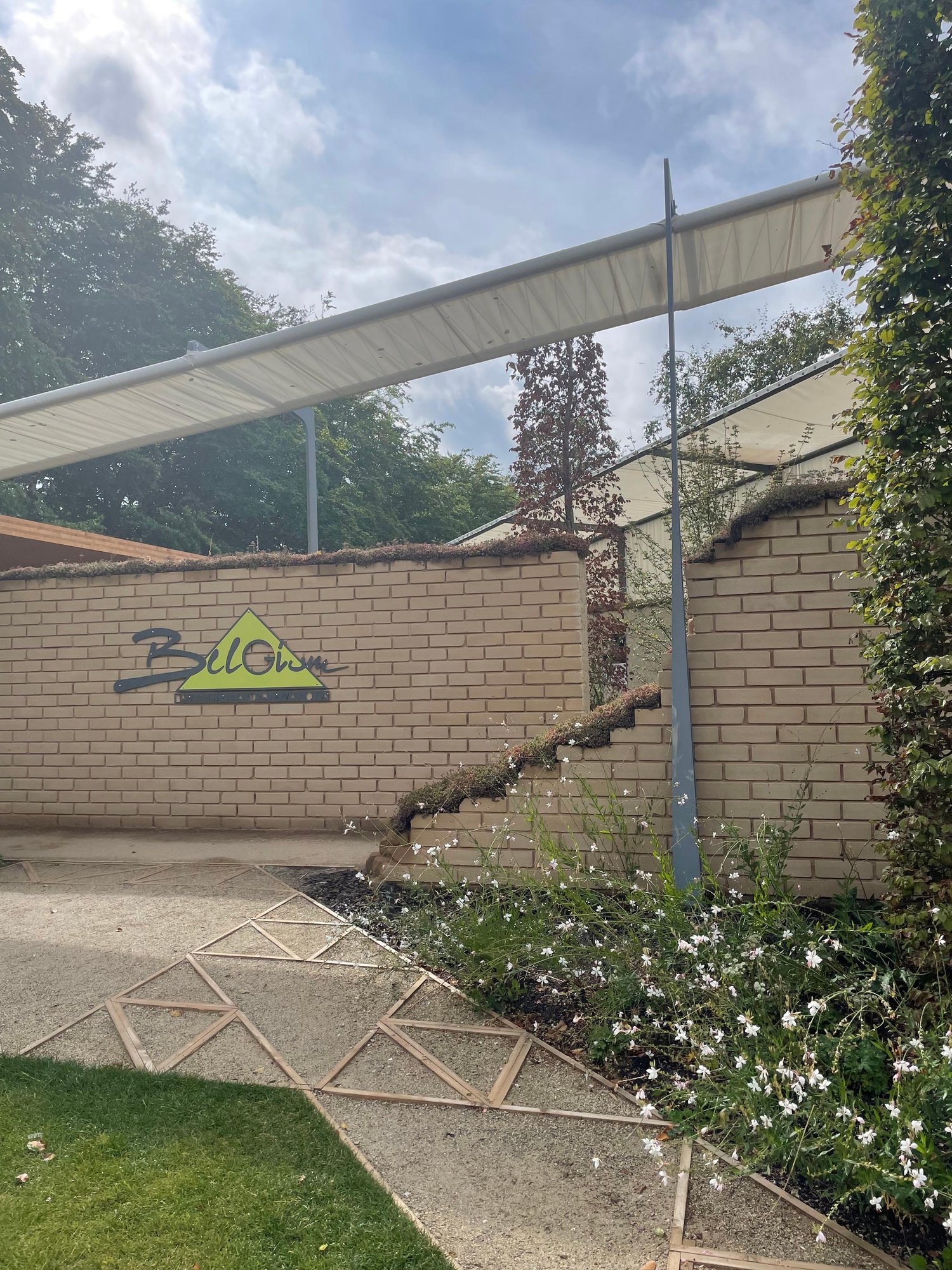
Belgium at the expos
Floriade 2022 Almere
Floriade Expo is a horticultural expo that takes place every ten years in the Netherlands. In 2022, we travelled to Almere in the Netherlands for this purpose for the seventh edition of the international exhibition. Floriade 2022 will take place from 14 April to 9 October 2022. In 2017, the organisation got the green light from the BIE.
The theme of Floriade 2022 was "Growing Green Cities" and emphasised the combination between nature and cities. During those months, the expo site in Almere was transformed into a beautiful domain with flowers and plants from all over the world.
Belgium also built a Belgian garden at this international horticultural exhibition, led by architect Nicolas Goddelet and contractor Bert Dautzenberg.
The organisers provided a memorable finale on Sunday 9 October. Teams from all participating countries were invited to a closing ceremony that Sunday, which was accompanied by an awards ceremony. Some gardens were honoured with awards in categories in which they excelled at the expo site.
The Belgian Garden was one of them! BelExpo was thus able to receive the 'Special Award dedicated to Sustainability'. The organisation recognised the core themes of our garden: sustainabilty, ecology and biodegradable materials.
The Floriade Expo 2022 organisers gave the following message about the Belgian garden:
The Belgian garden is full of edible flowers and plants. The Belgium pavilion is small, but big in design, with geometric, playful and contemporary design and extremely sustainable. All the materials are fully reusable or biodegradable. “Without human intervention, the pavilion could decompose naturally. For example cross-laminated timber was used that is fully recyclable, the walls and tiles of the courtyard were made of compressed, non-baked stones from earth combined with bioplastic based on algae starch.”
So for Belgium, Floriade 2022 Almere was a huge success. Unfortunately, however, it looks like it will be the very last Floriade ever. The organisers were expecting some 2 million visitors, but in the end only got to welcome some 600,000...
.jpg?width=768&height=1024&name=De%20tuin%20(3).jpg)
Need more info?
If you have any questions or comments, do not hesitate to contact us.

